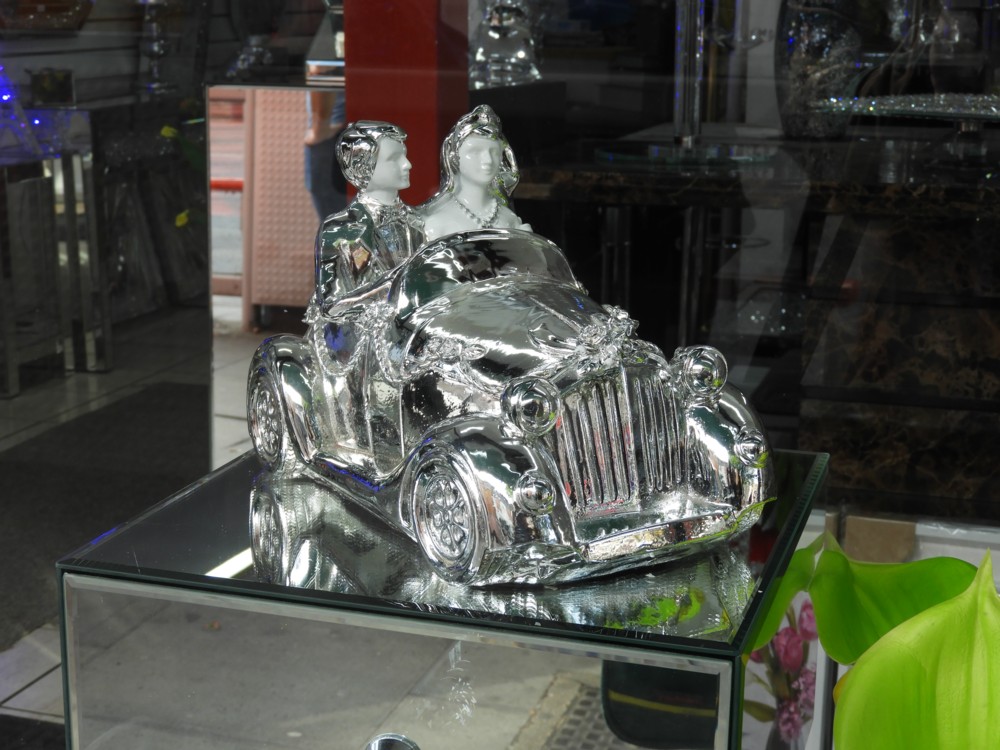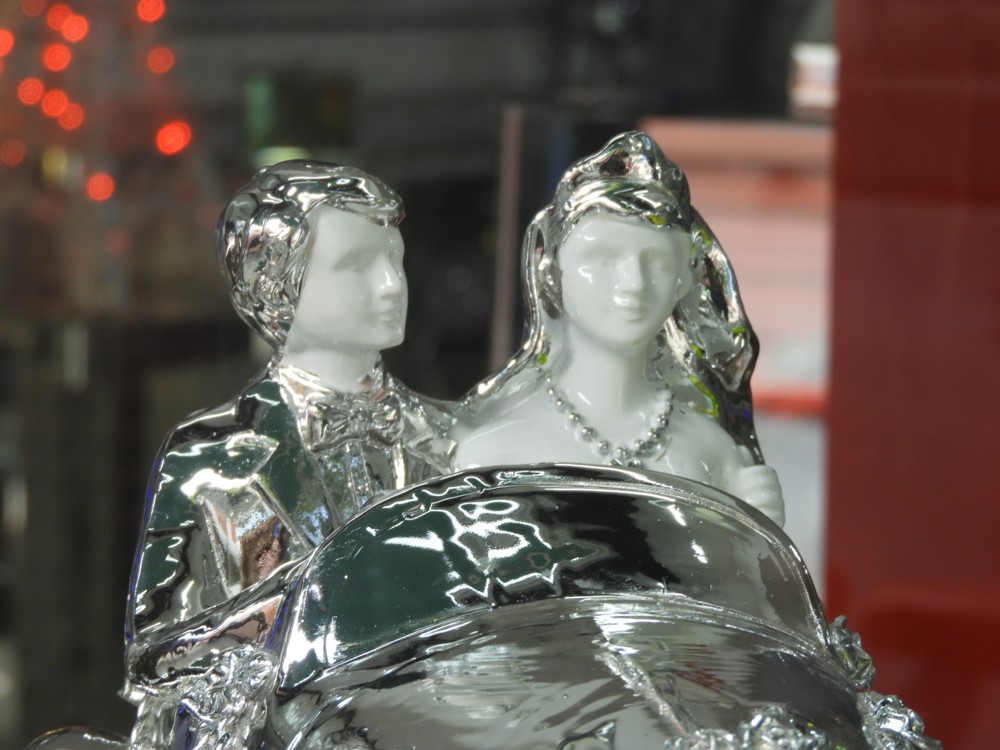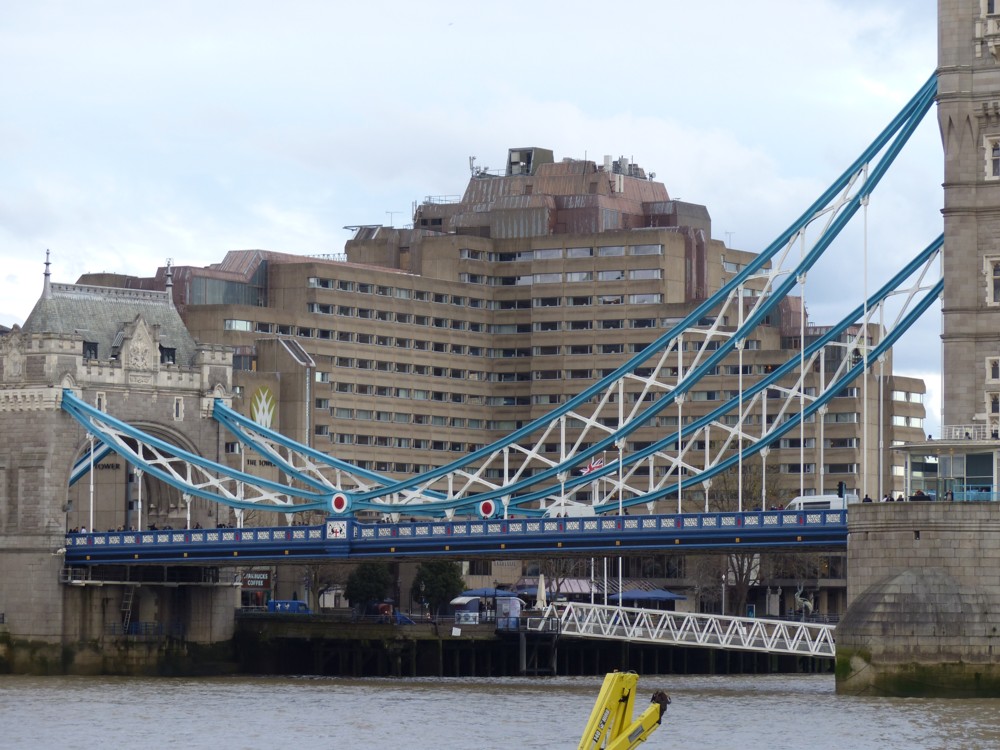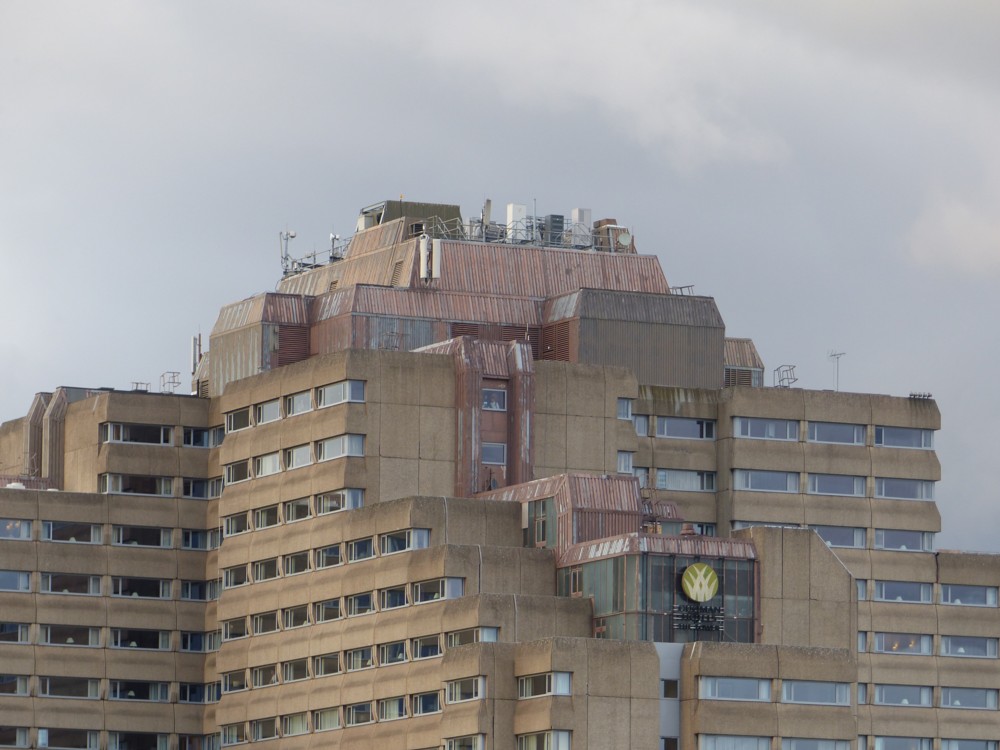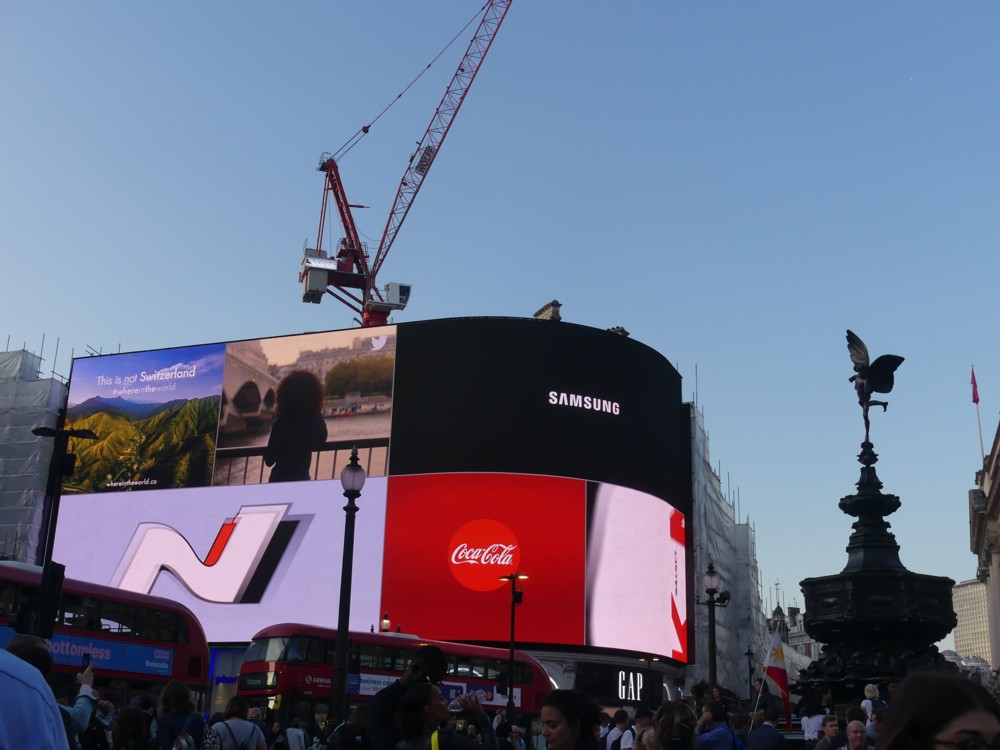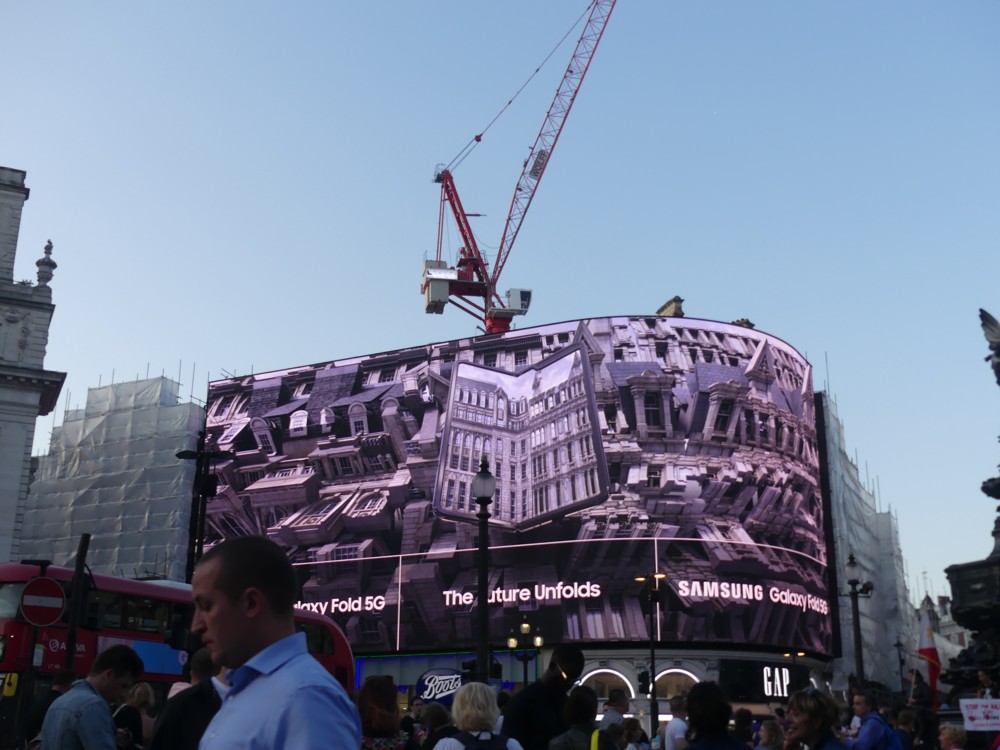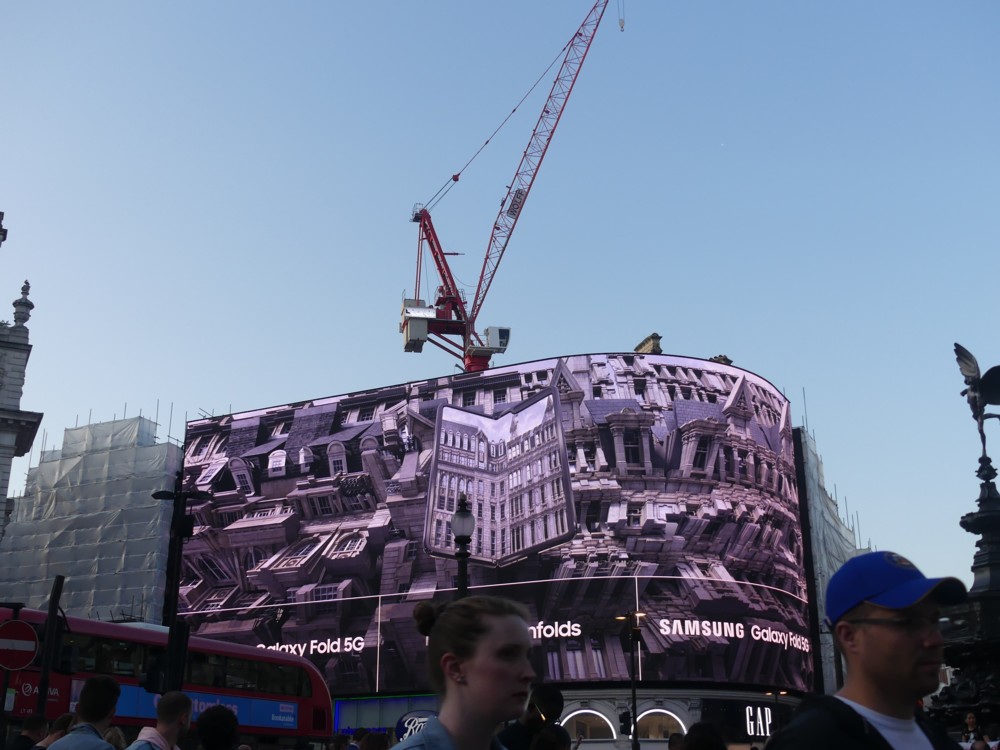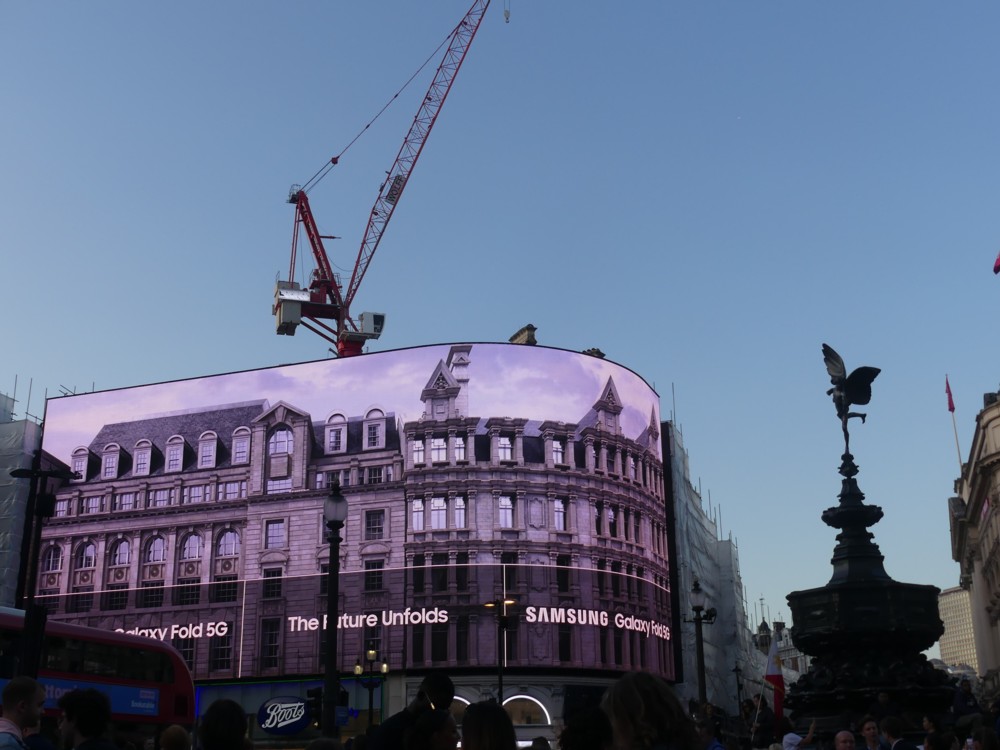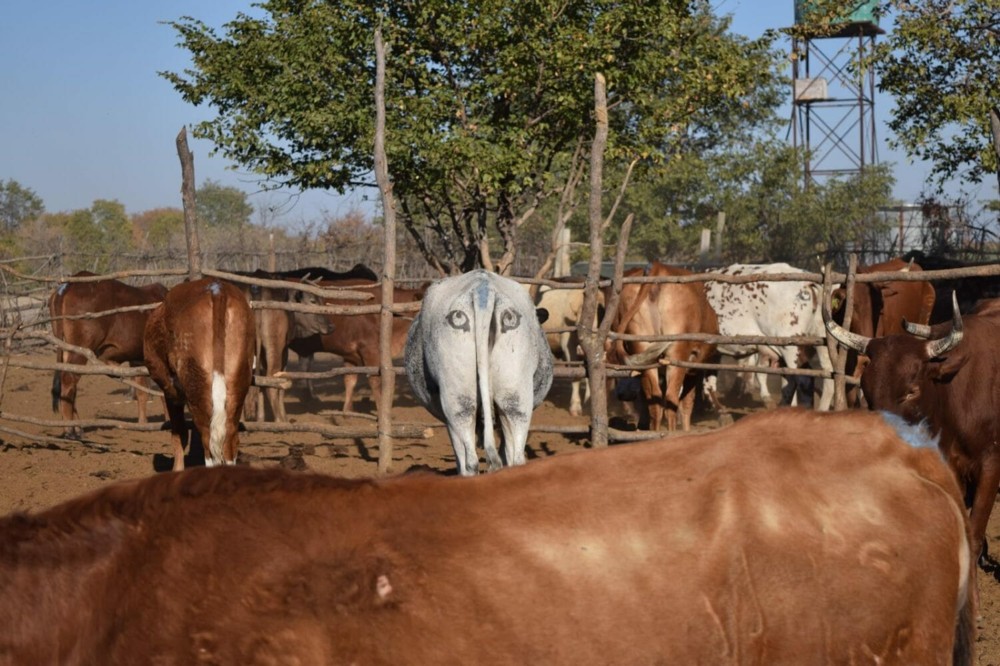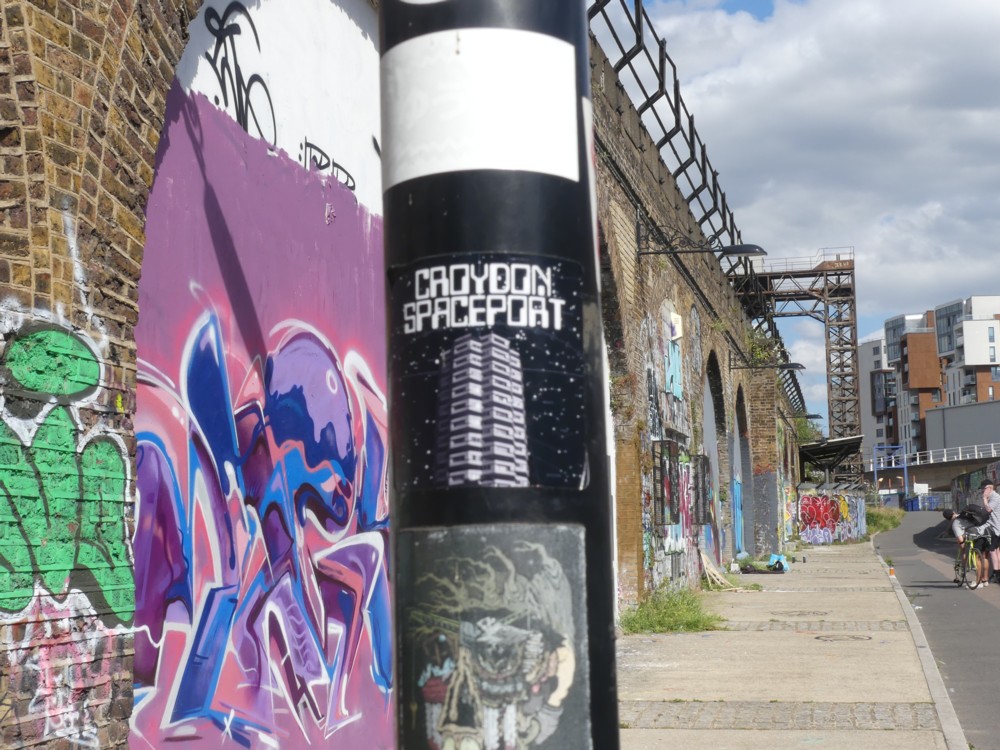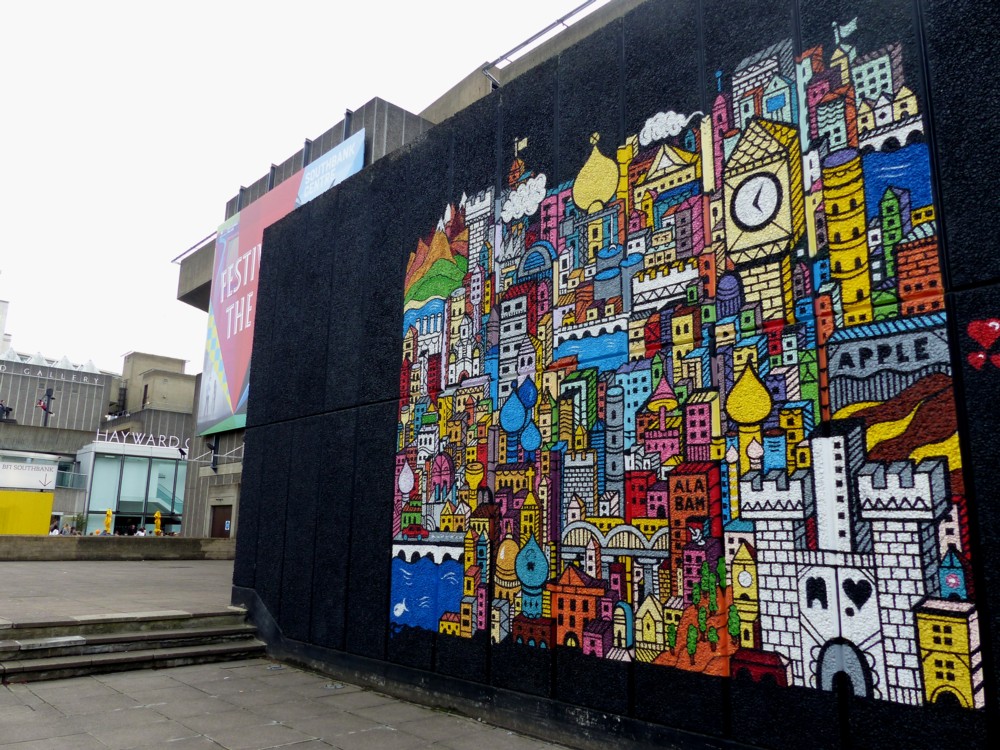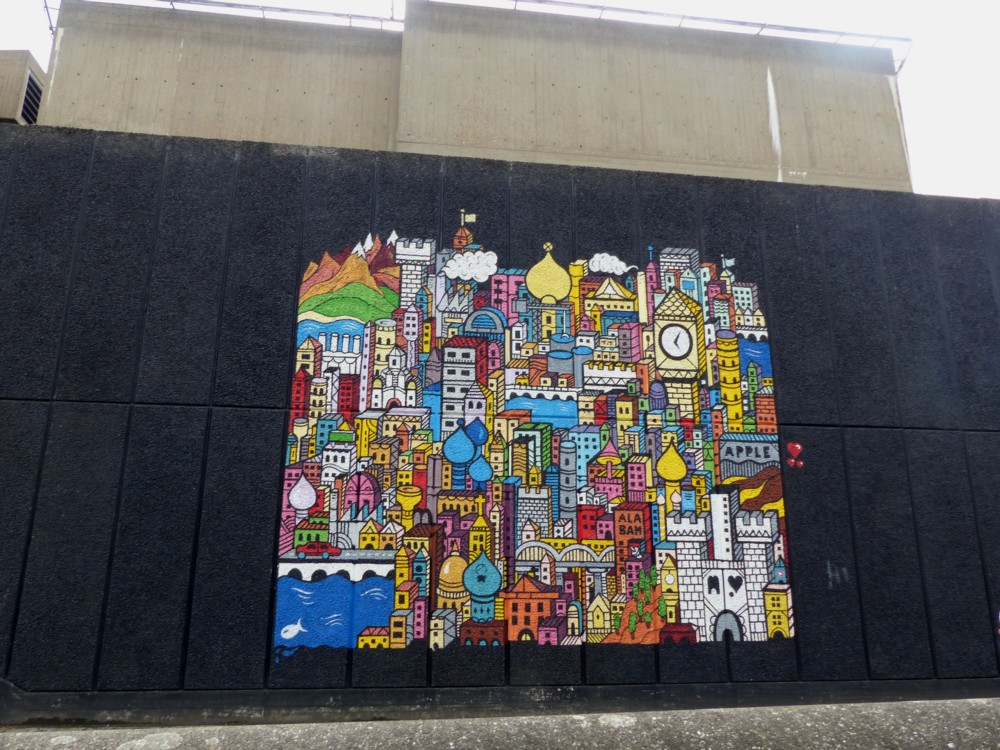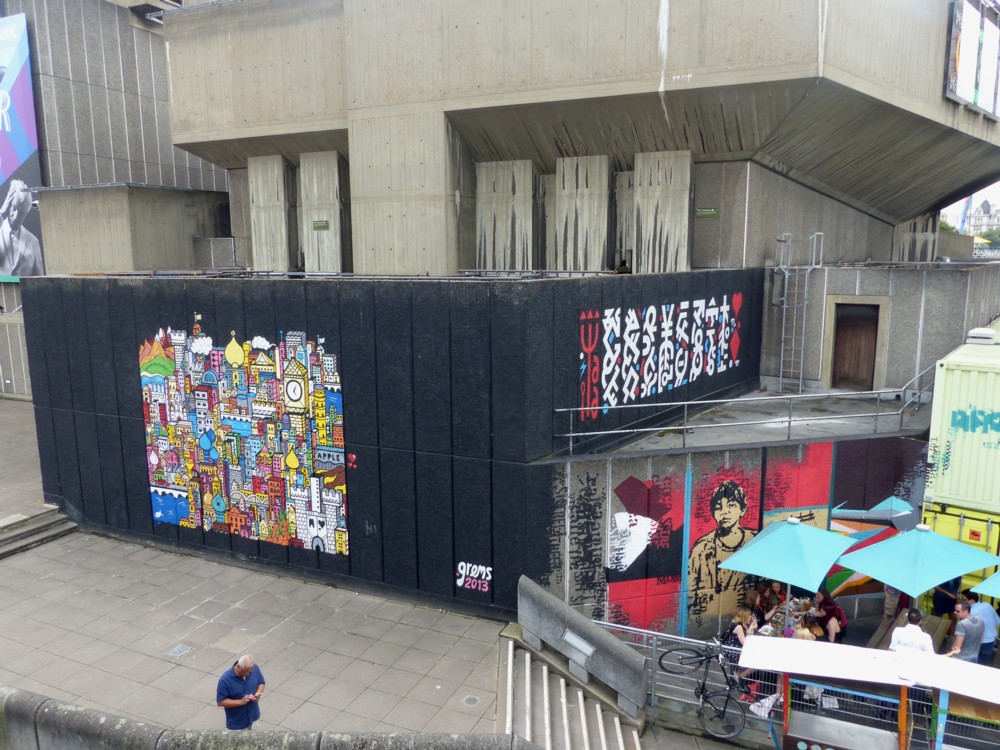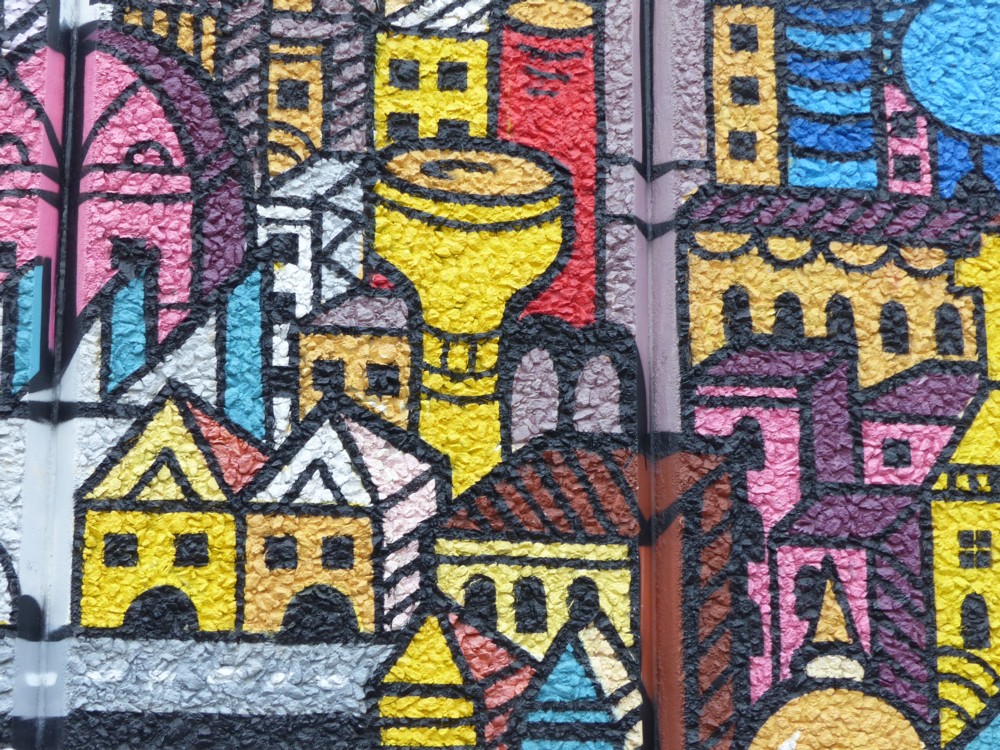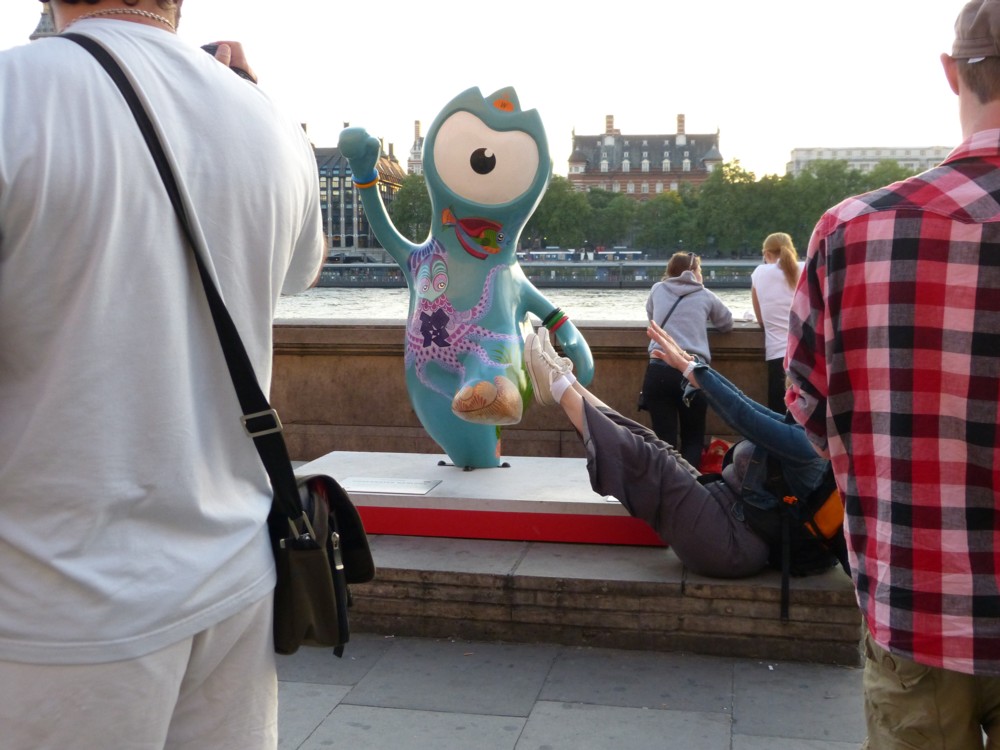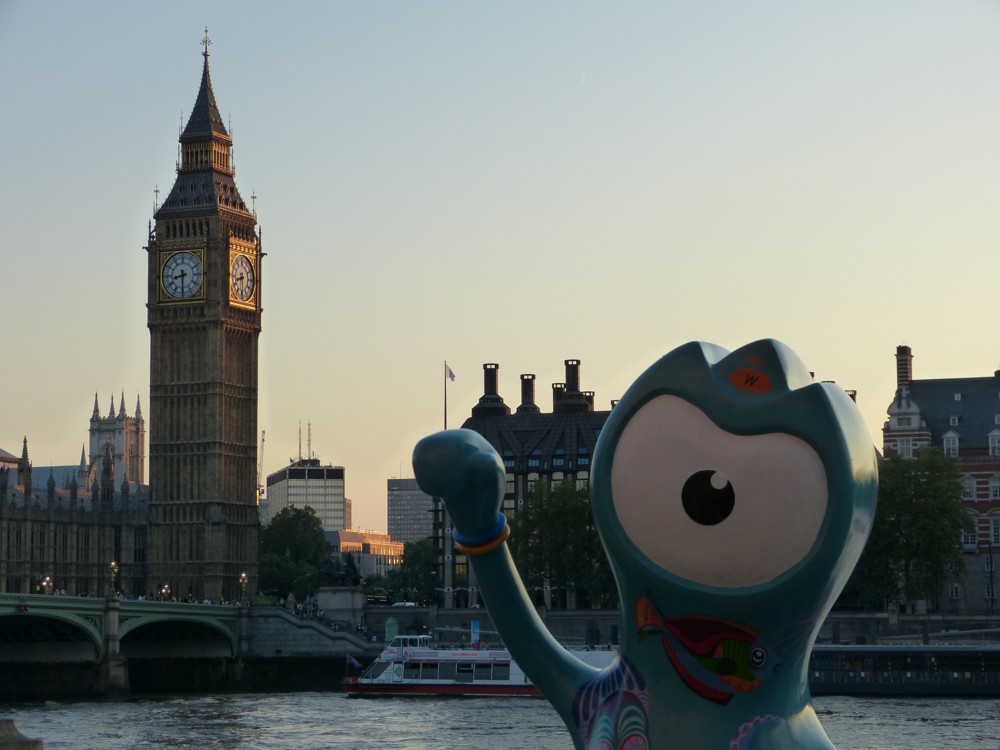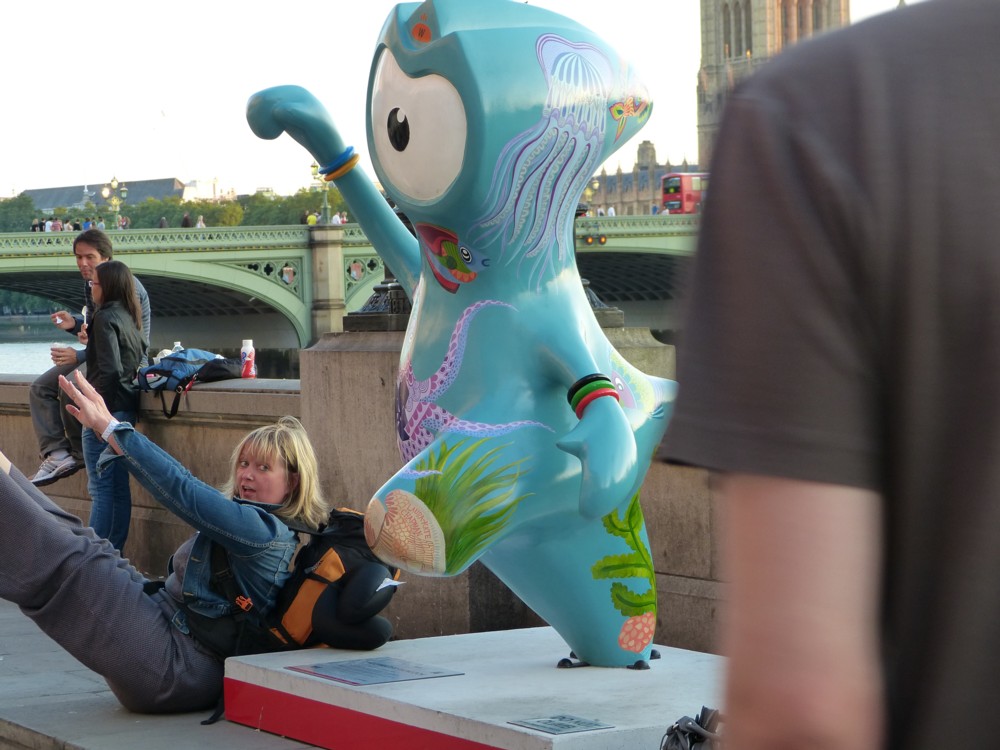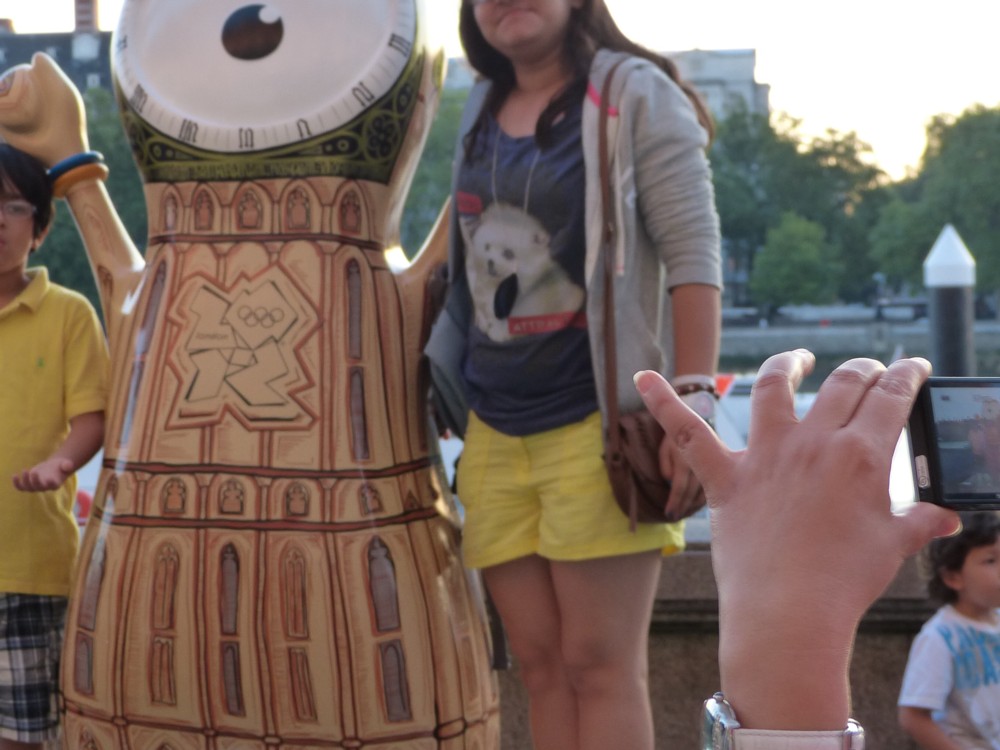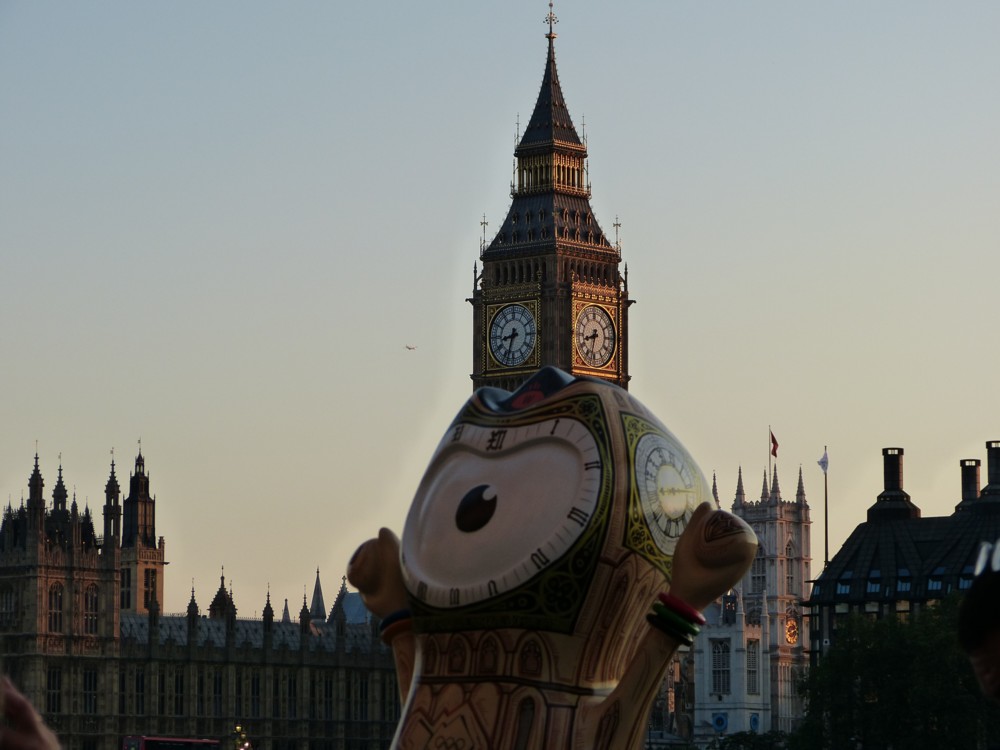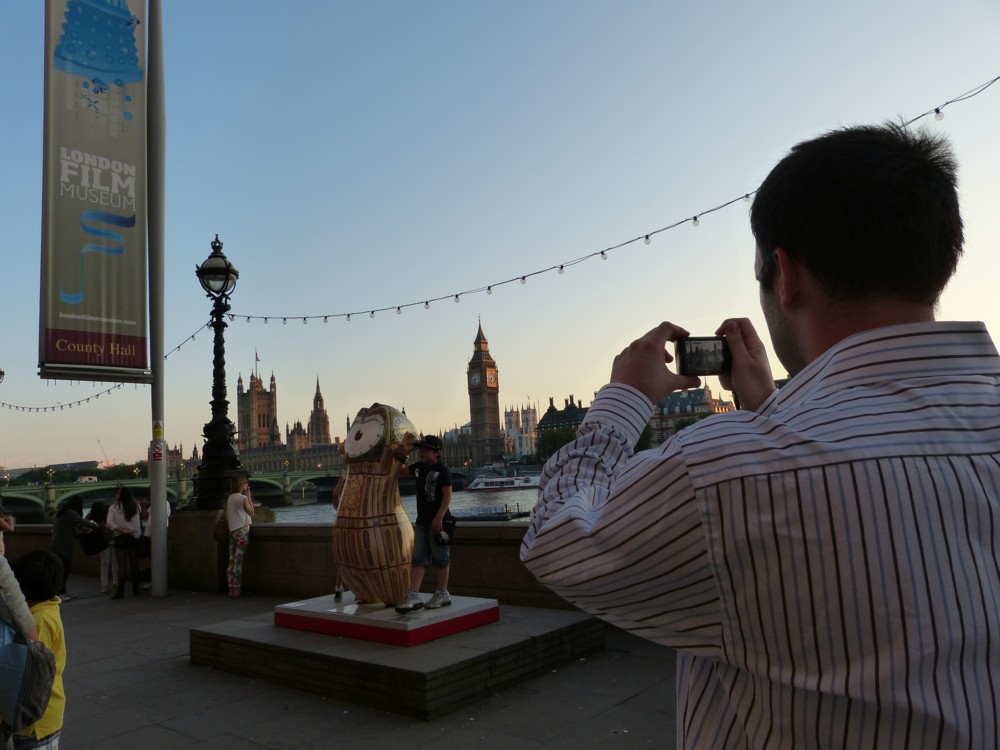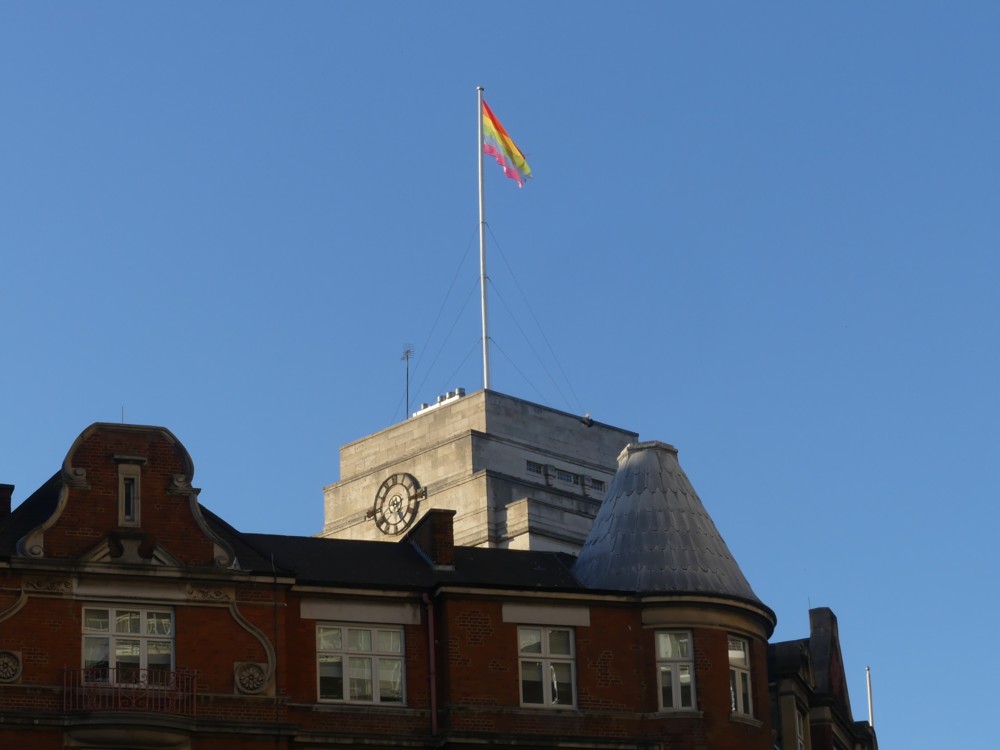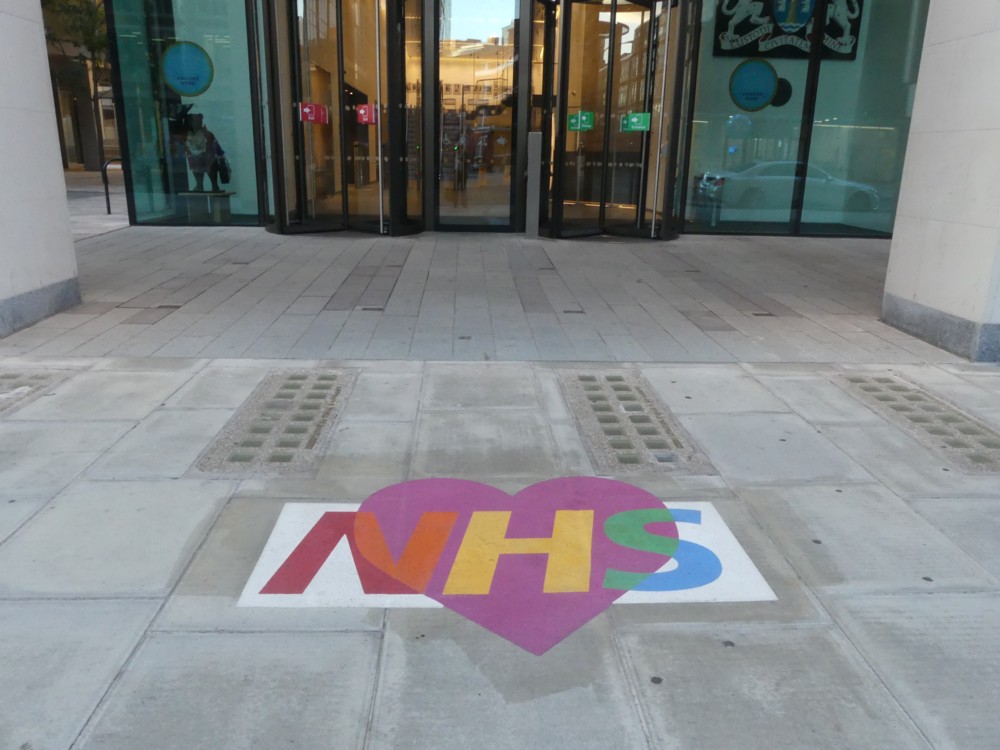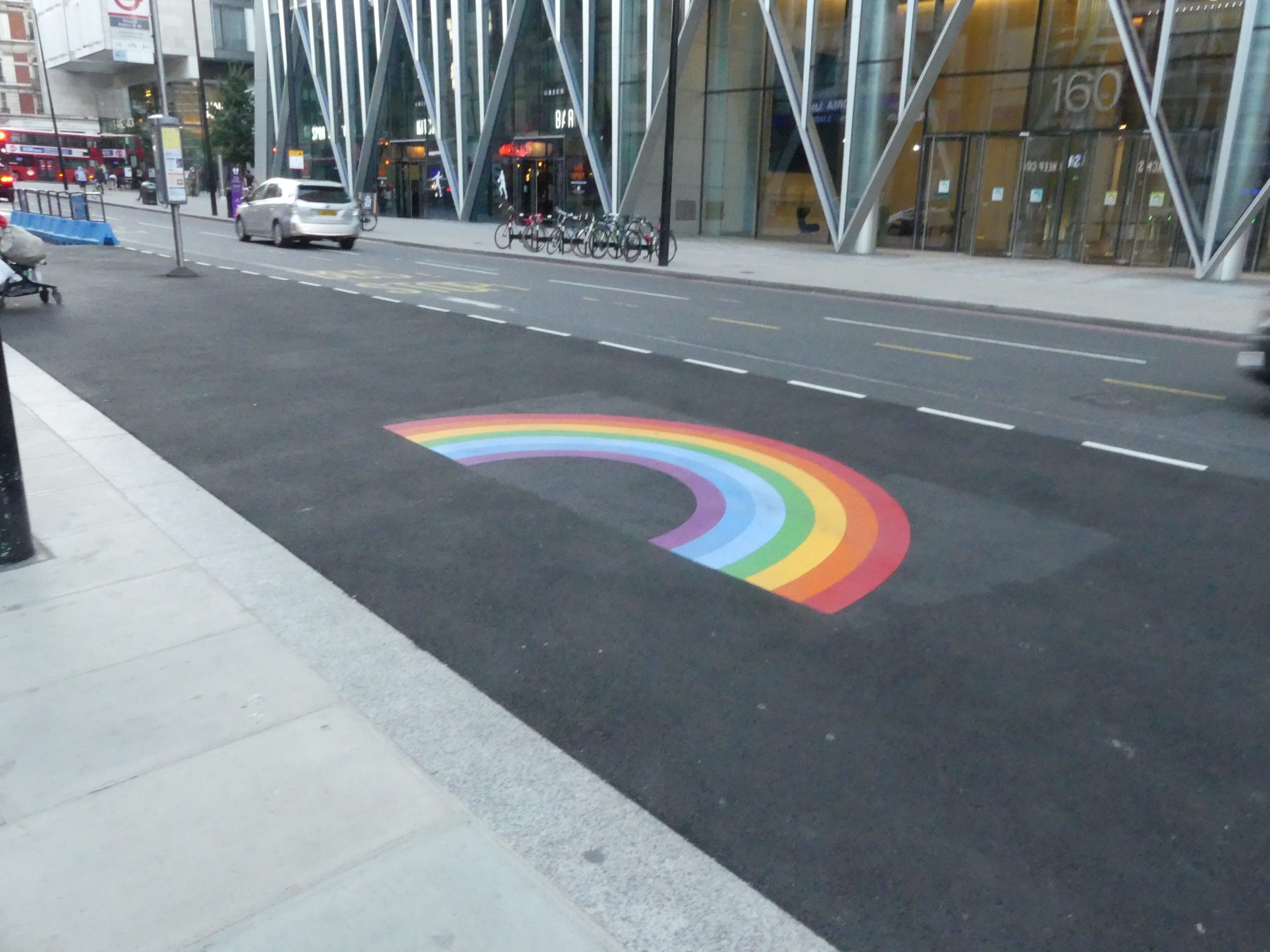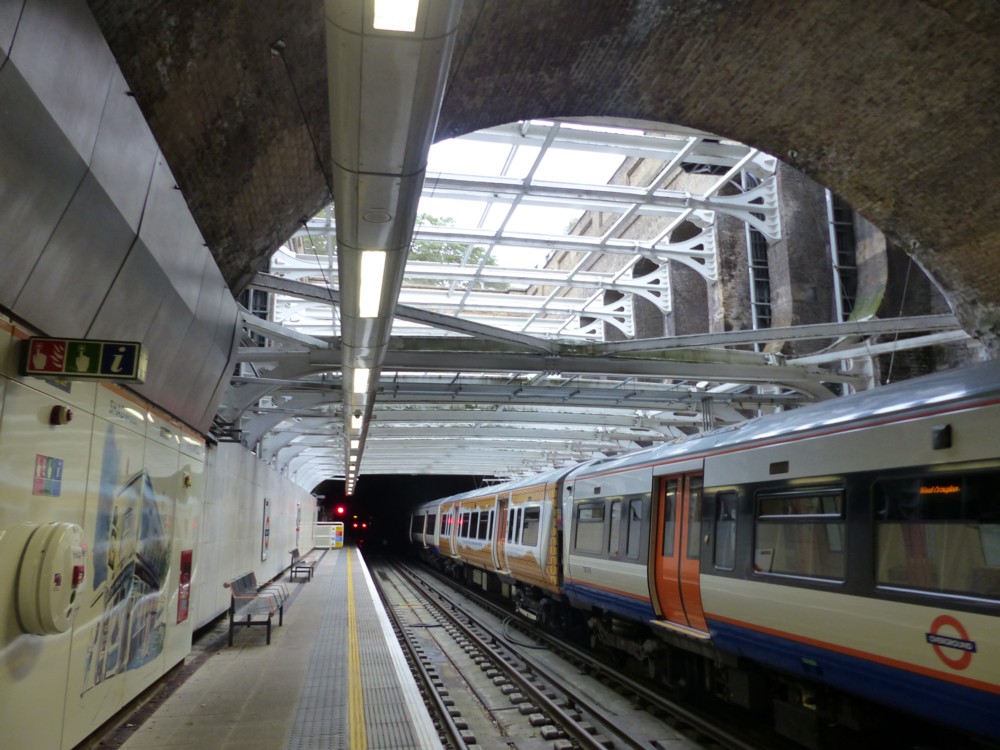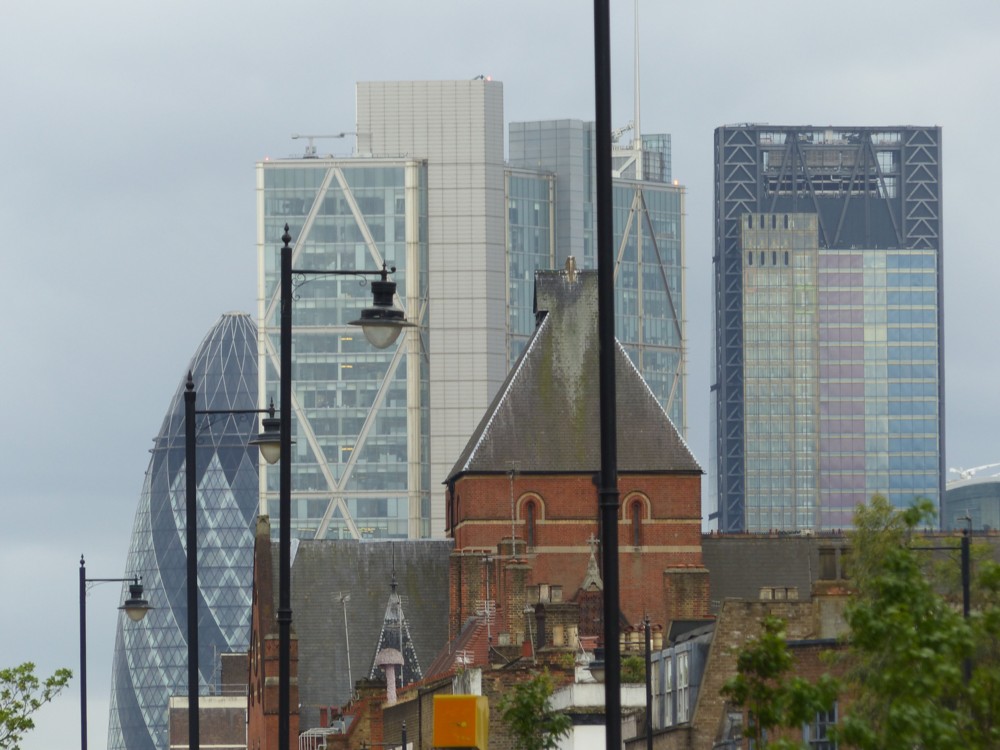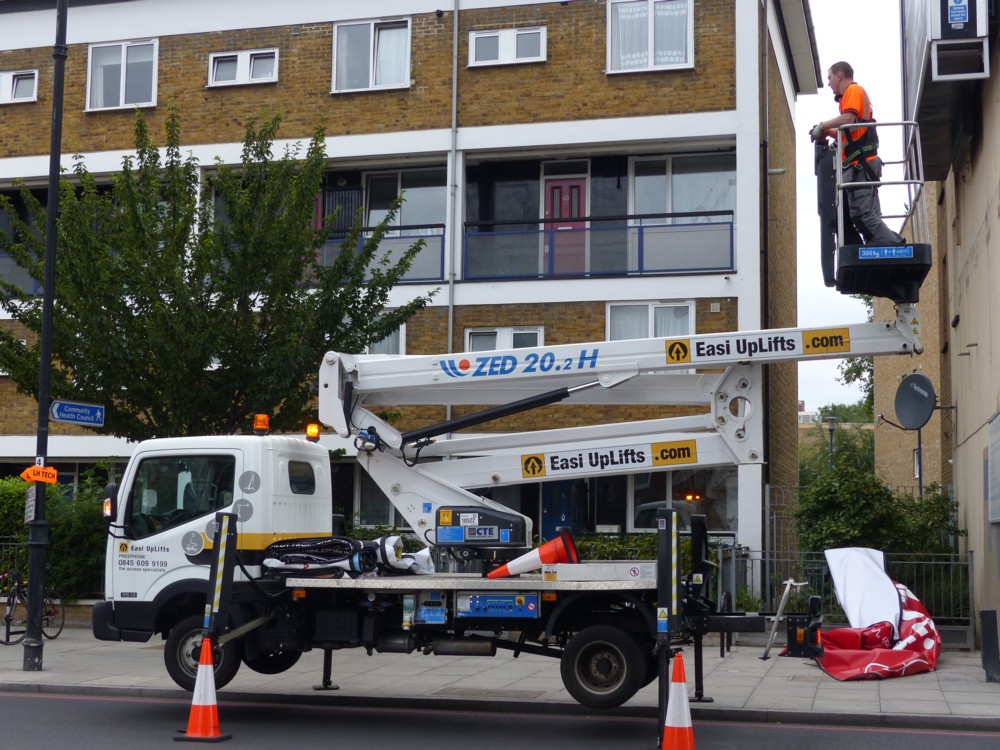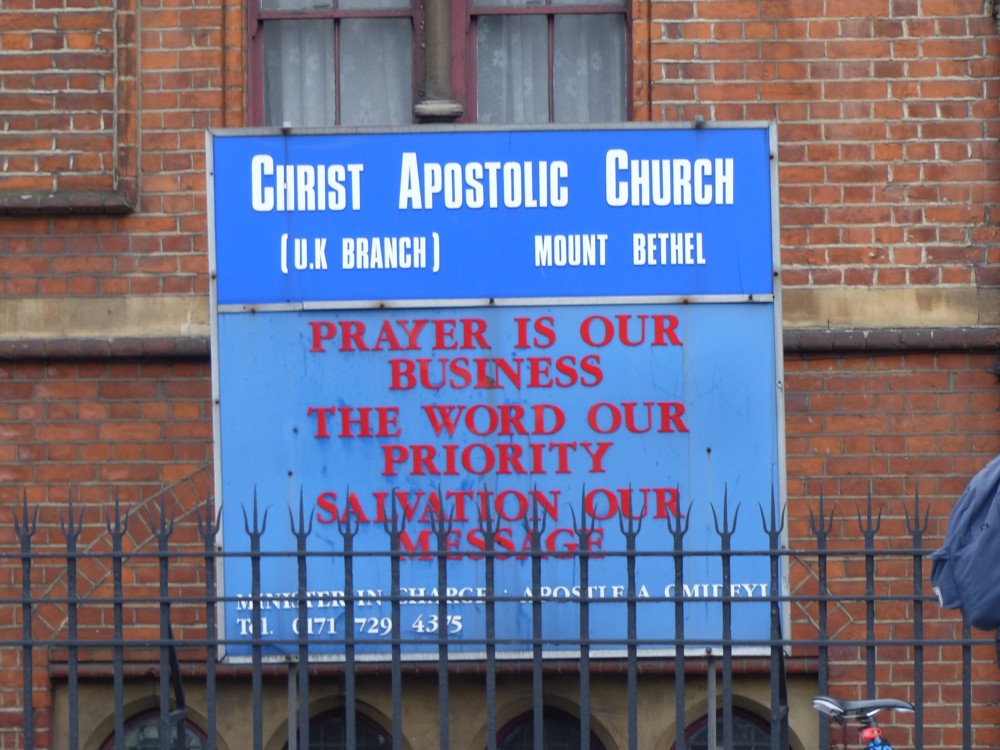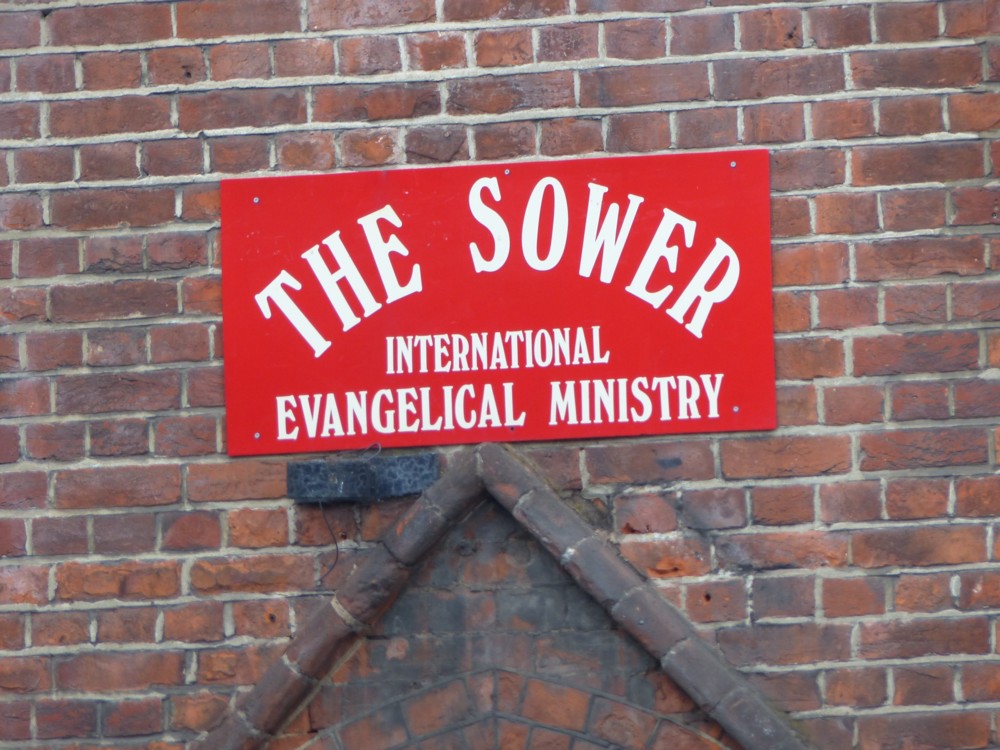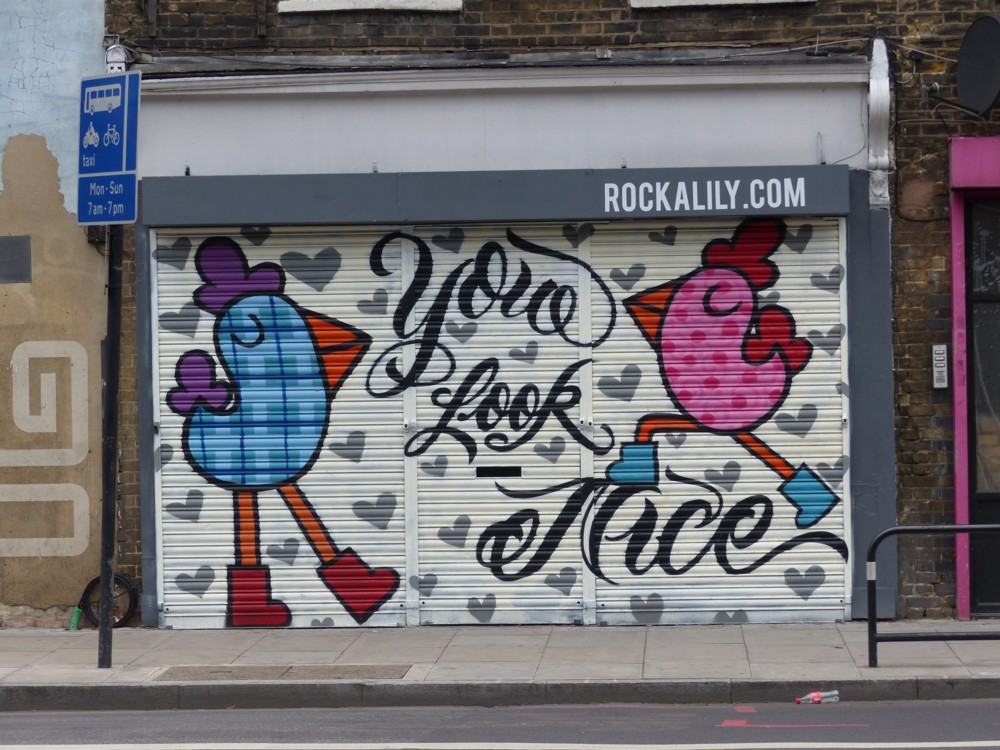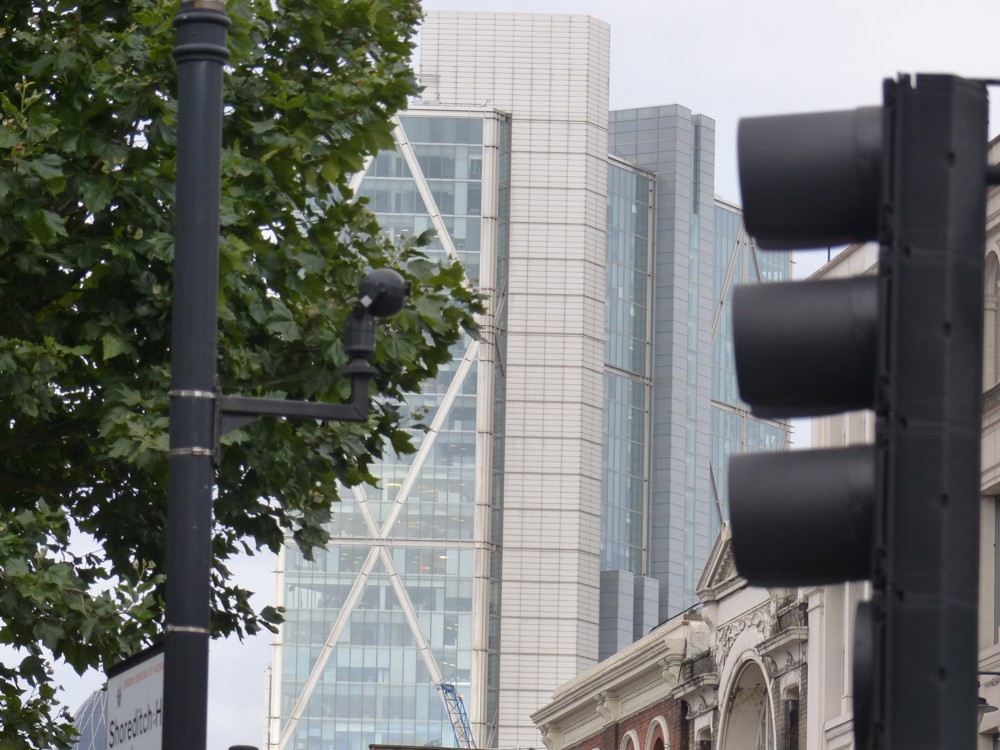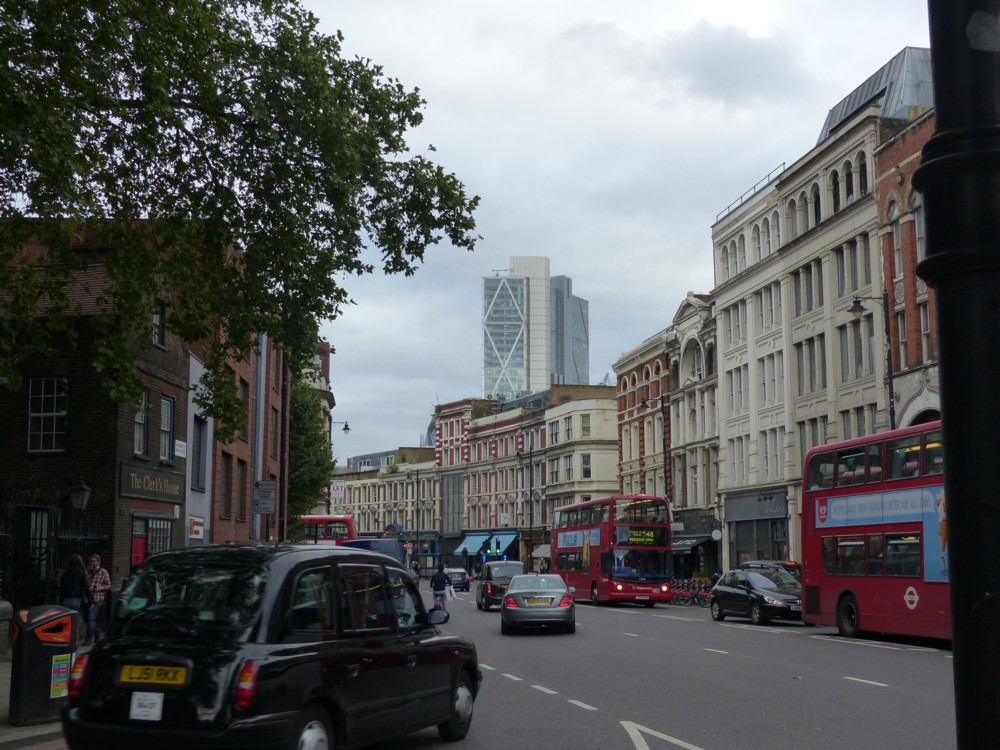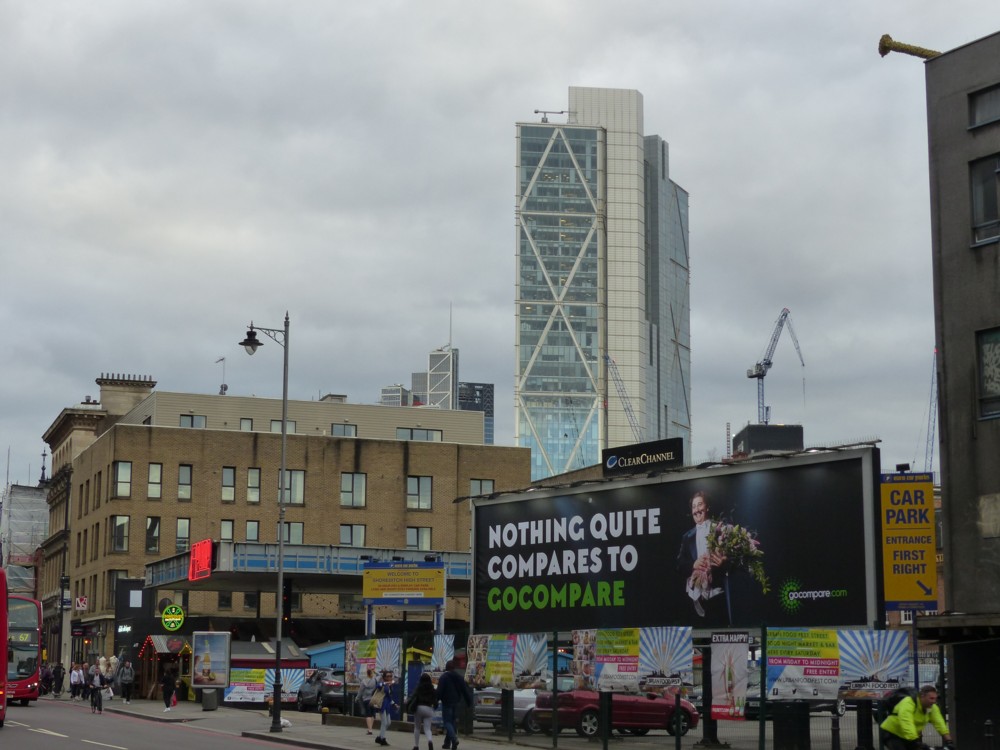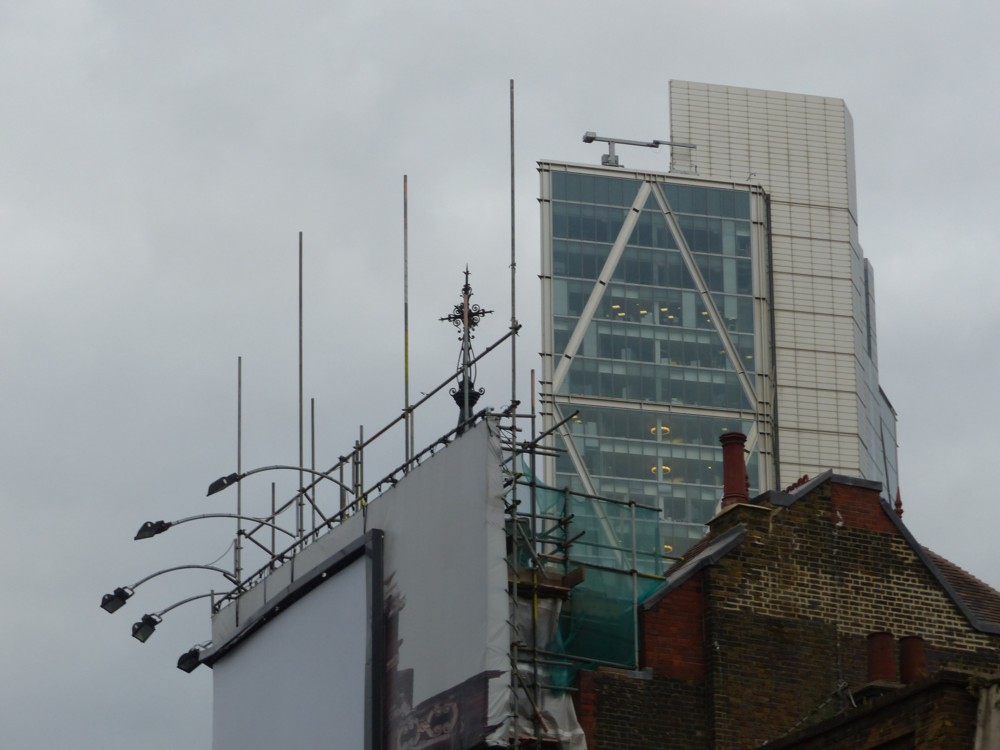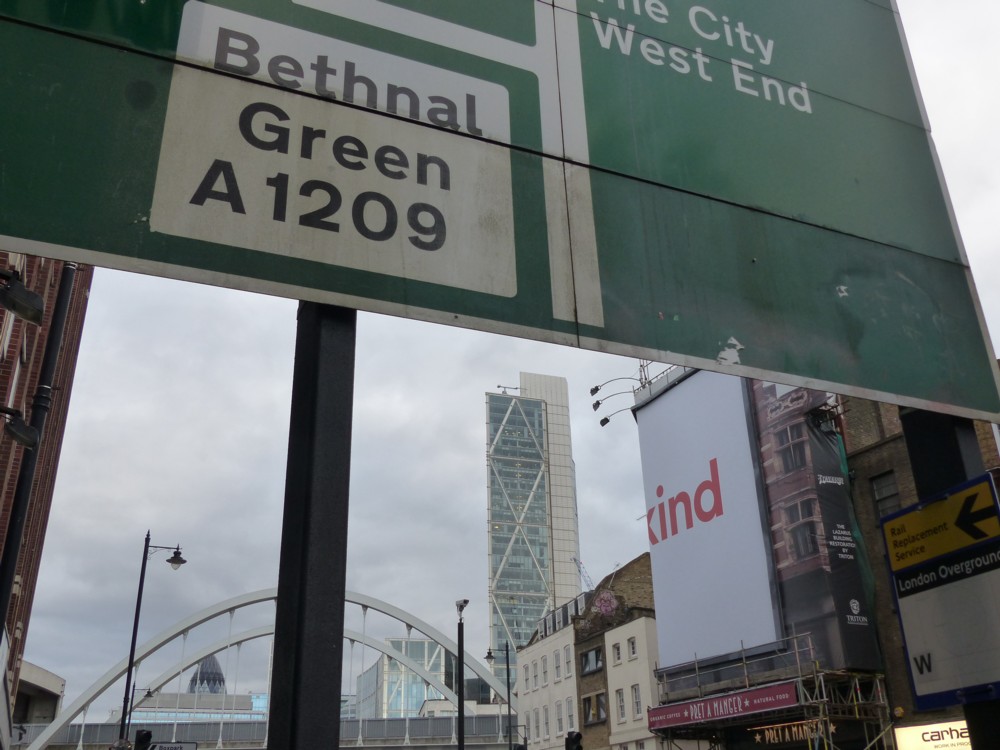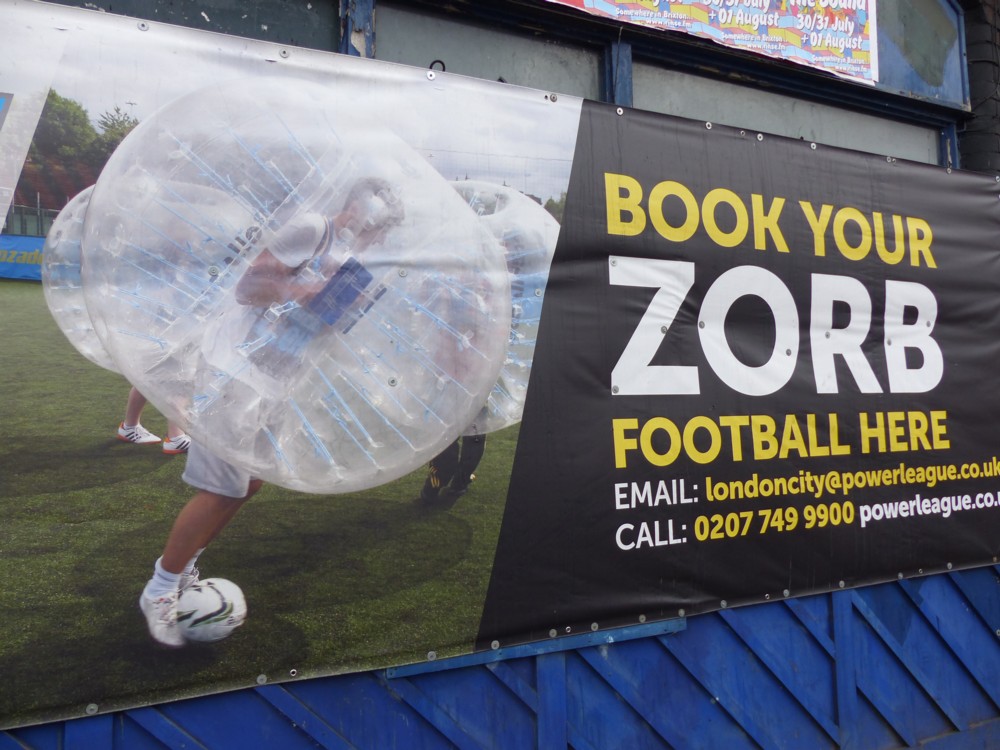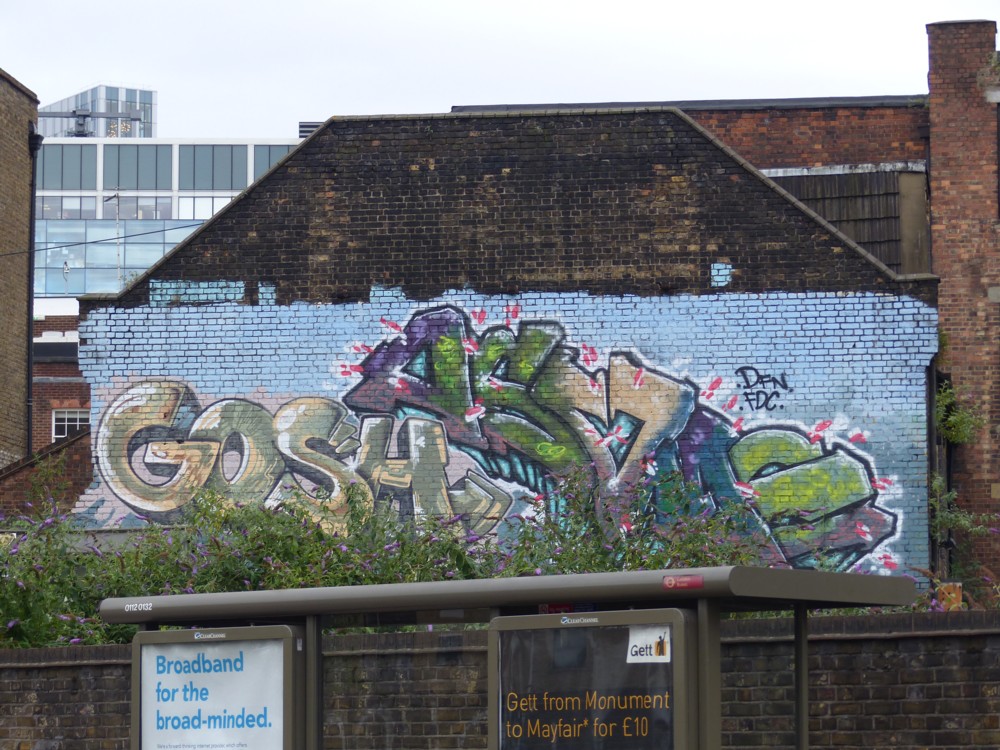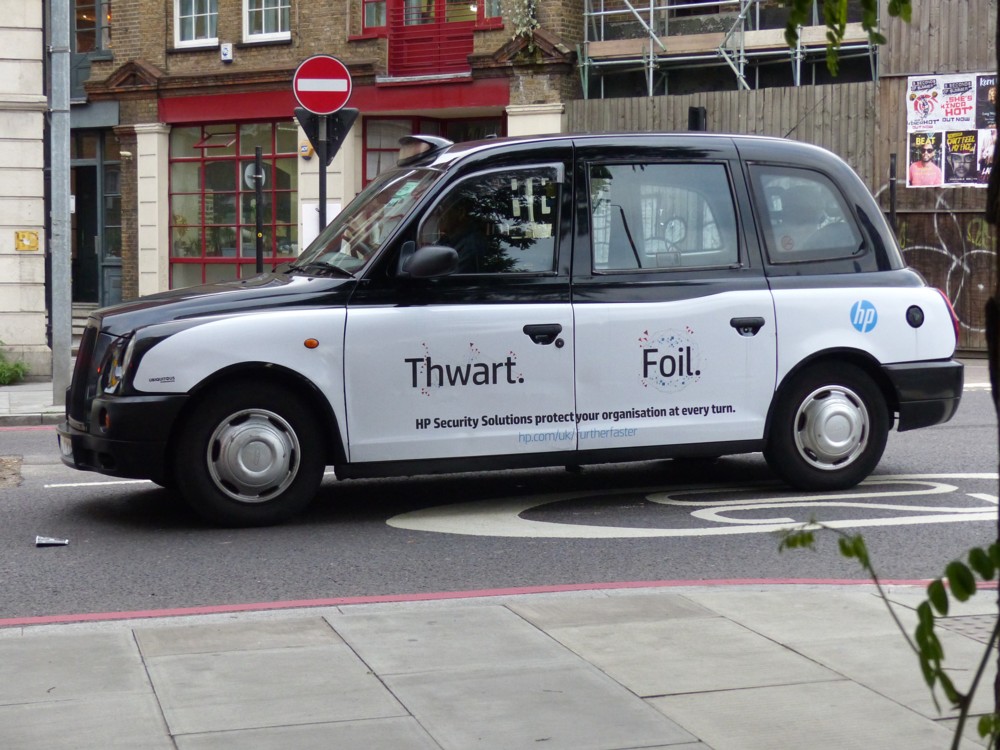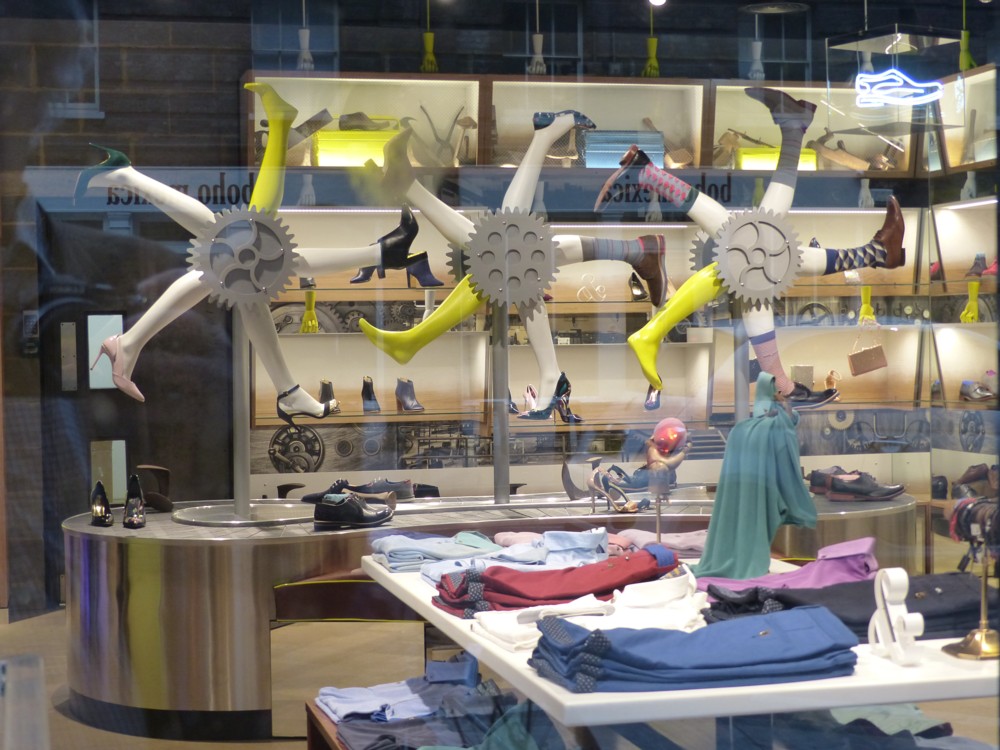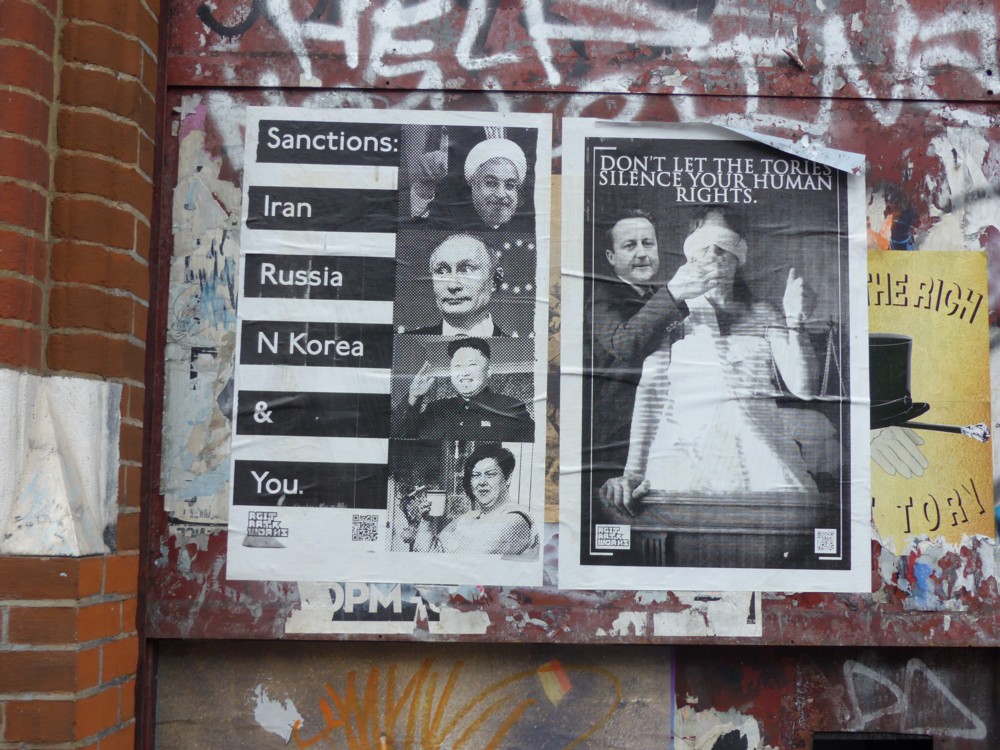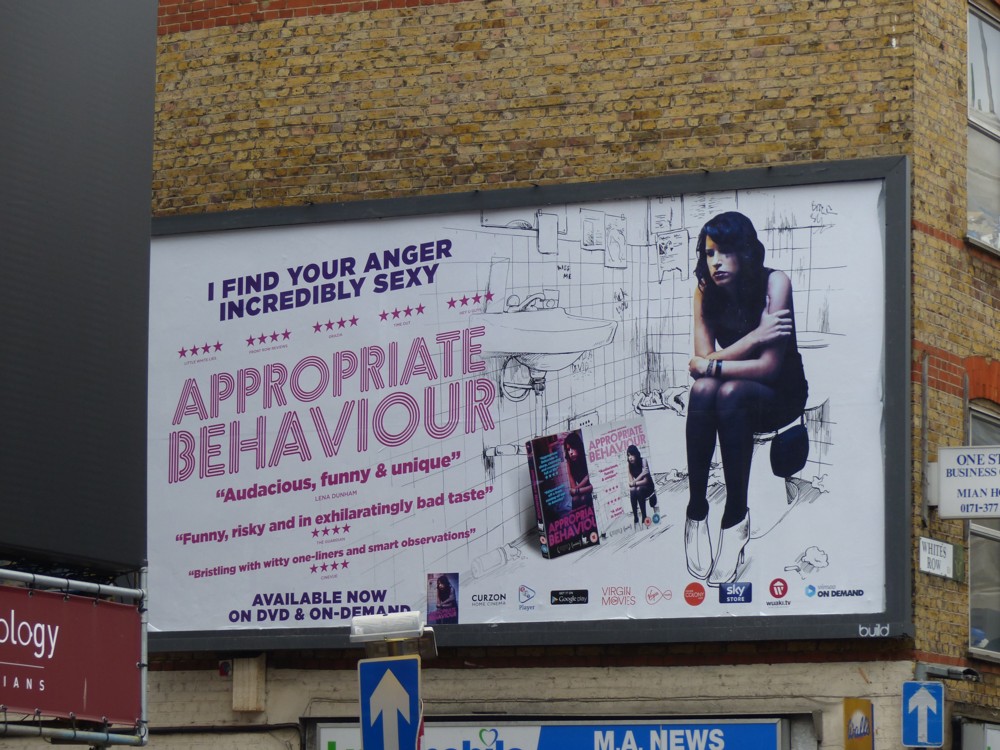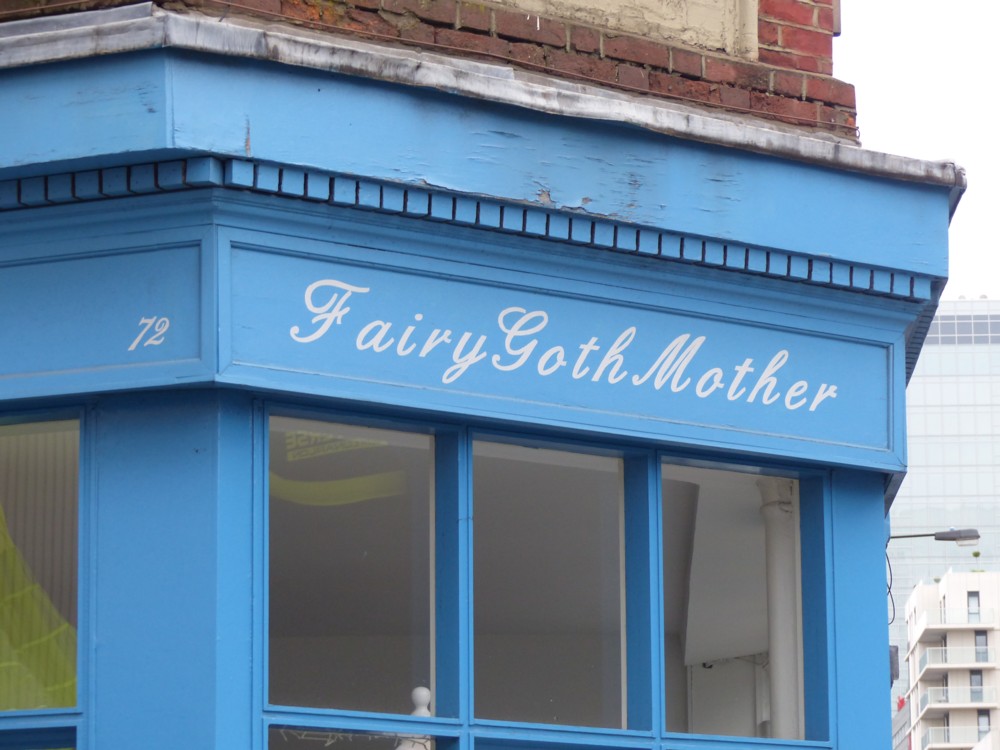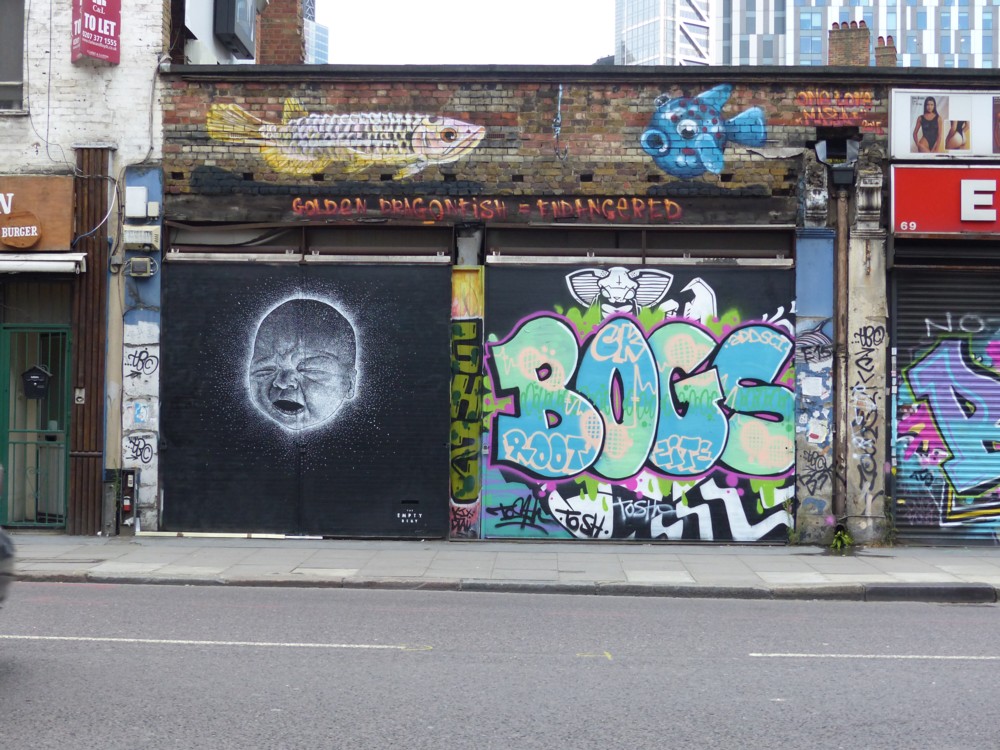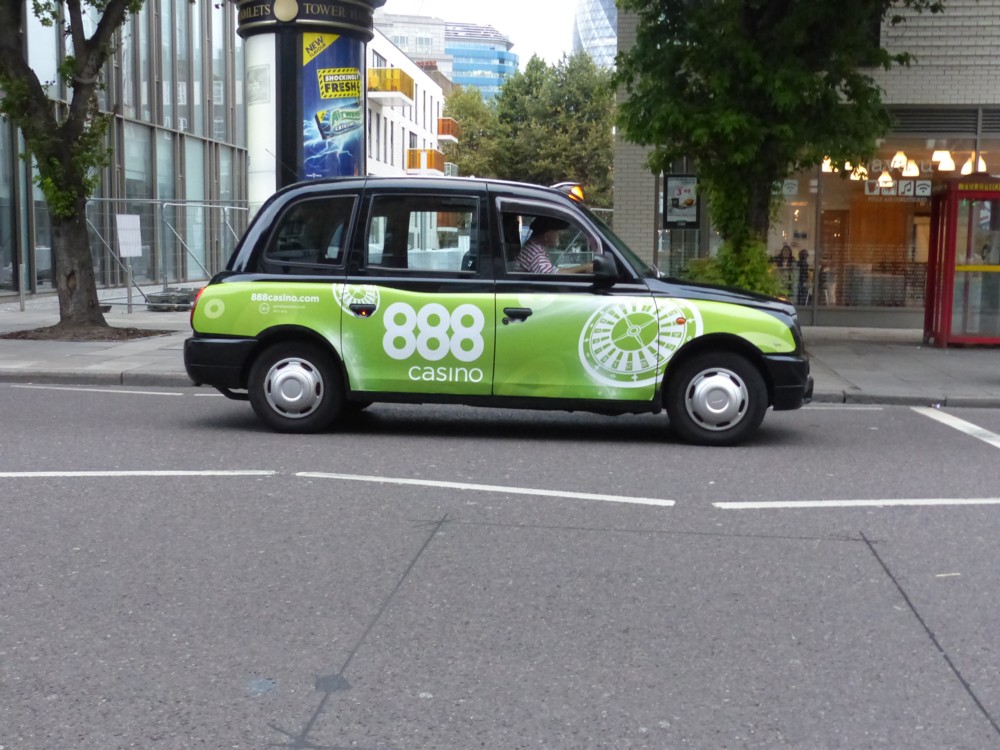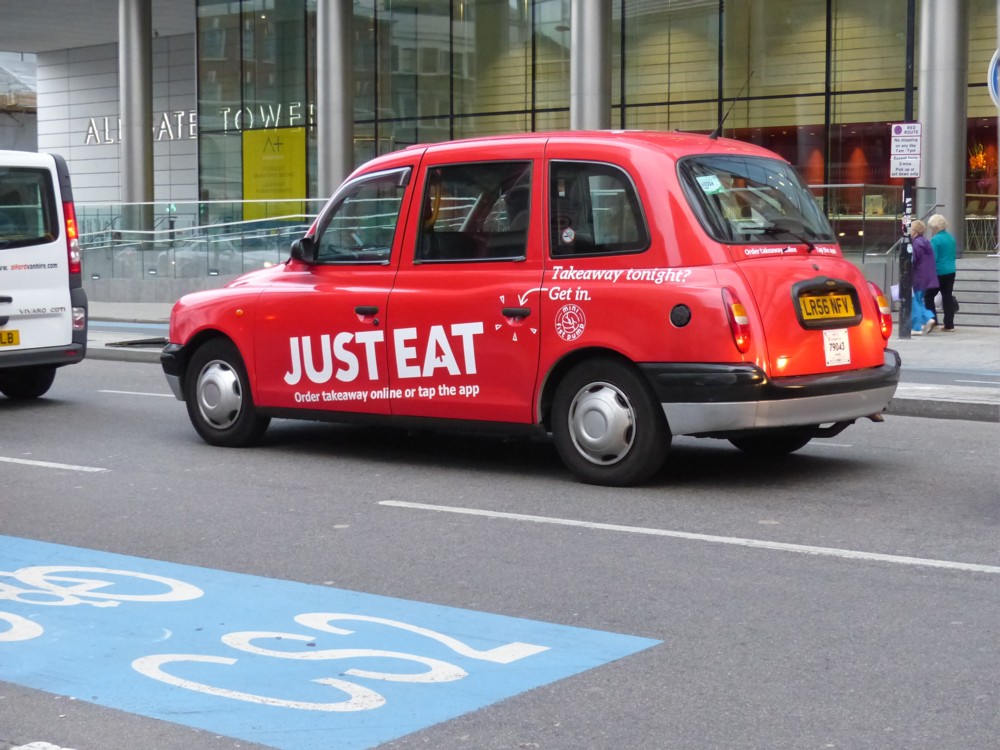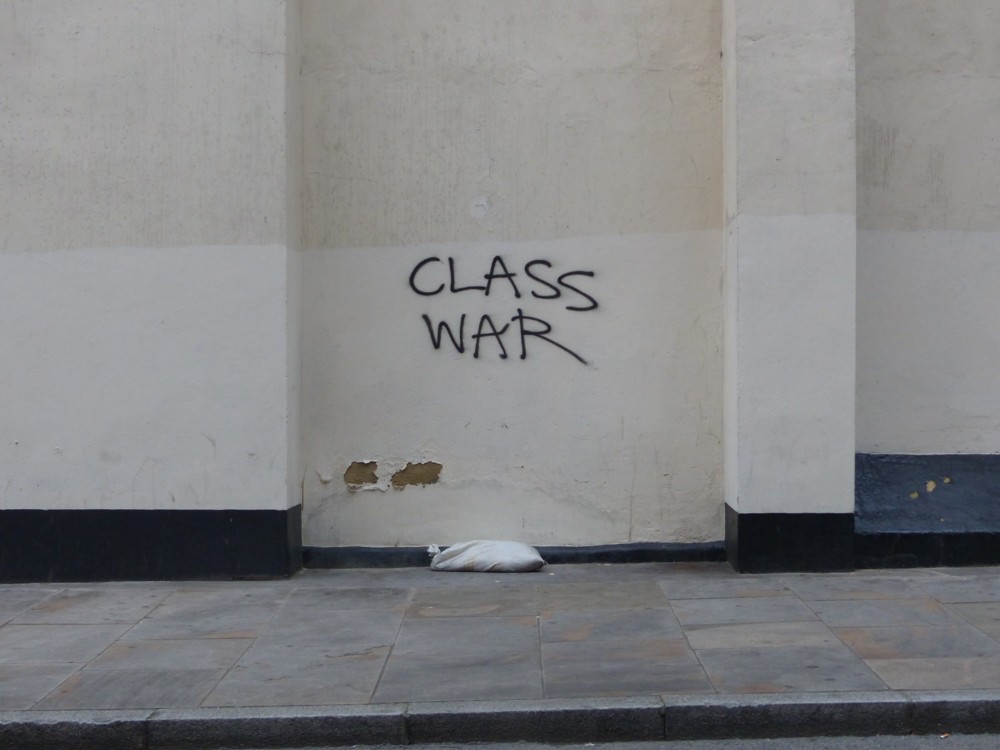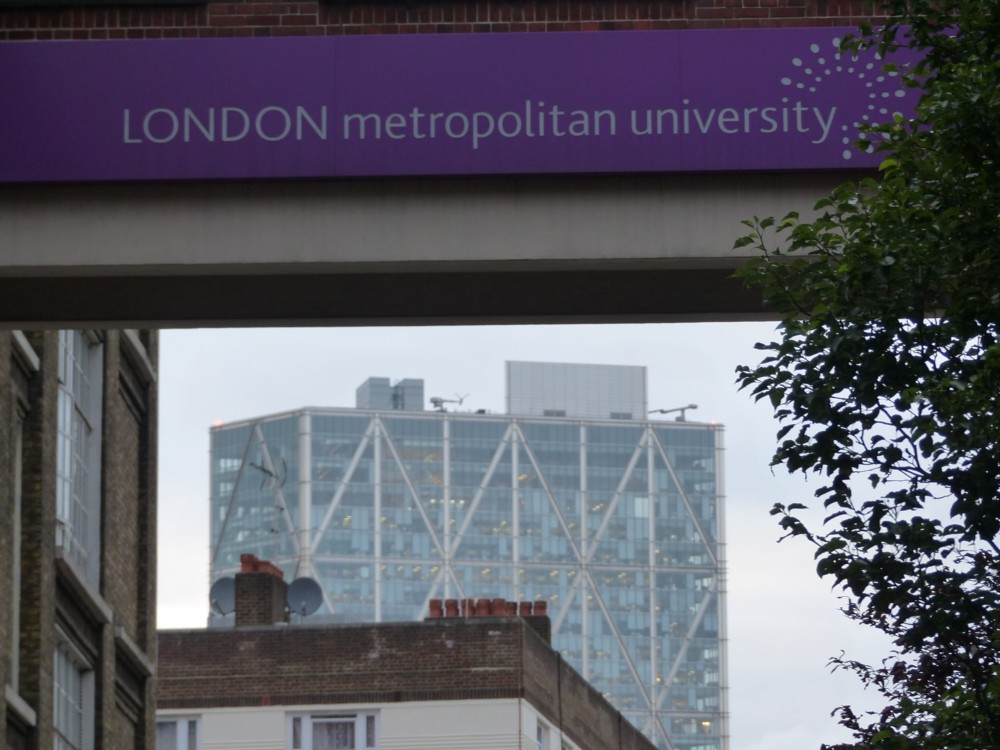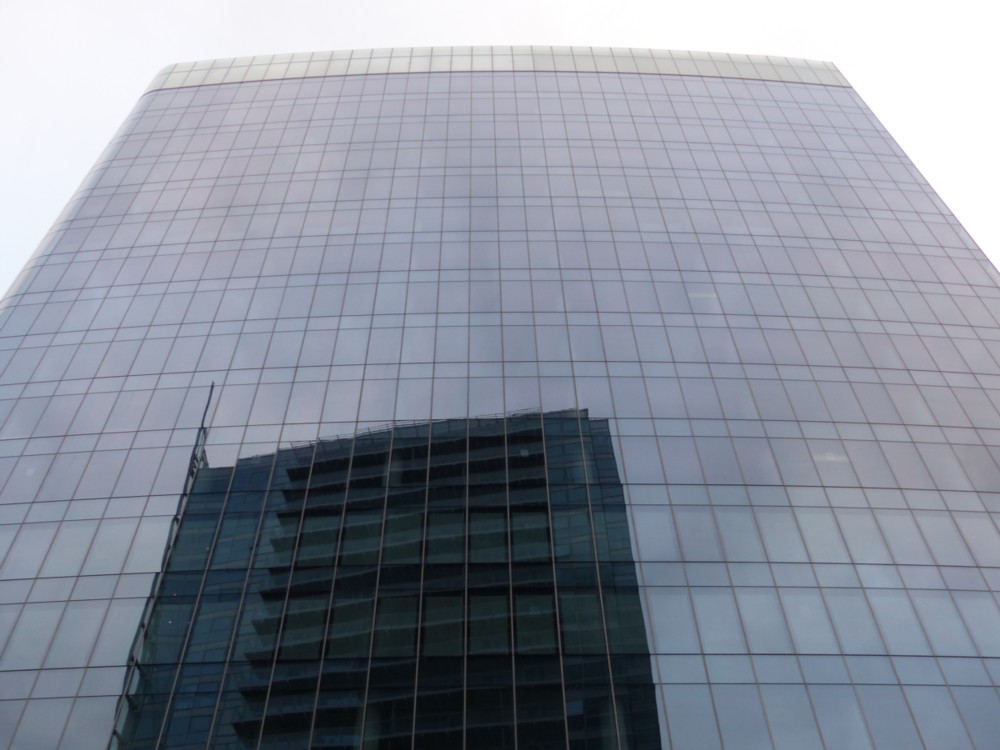These disappointments happened in 1870, 1914, 1917, 1940, 1944(?) and 1954. We don’t talk about them in chronological order, because we started with 1914, which was the failed French Ardennes offensive, right at the start of World War 1. But events in all of those years get a mention.
Listen to our conversation here, where there is also lots of further detail from Patrick. Under where it says “Notes” there are 20 items of relevant information, any one of which could have been expanded into a decent blog posting in its own right.
But hello, what’s this? It’s a conversation between Patrick and our mutual friend Antoine Clarke, whom Patrick and I mentioned in our conversation, several times. This was recorded nearly a decade ago. Not having heard it before, I listened to it last night, further delaying me in putting up this posting.
My main reaction to what Antoine said is that, clearly, what I said about how the French “self image” switched, in Parisian artistic circles, from warmonger to peacenik, took its time spreading to the rest of the country. Antoine talks vividly about his ancestors telling their children that the reason they were born was to get Alsace-Lorraine back from the Germans. Also, he said fascinating things about reparations. French had to pay reparations to get the Germans out of France after the 1870 disaster. And they paid the lot, and the Germans left, far quicker than had been expected. Everyone chipped in voluntarily. I knew none of this.
In general, I think that following our chat about Lockdown, Patrick and I showed a return to form, assuming I’m allowed to say that. Maybe you’ll think better of our Lockdown chat than I do, but for me the trouble with that was that all I recall us doing was expressing our own opinions, much as anyone listening could have done for himself. But people listening need to be told at least some things they didn’t already know, just like Antoine does in his talk with Patrick, for instance with all that stuff about reparations that I knew nothing about. At least, when we talked about France, Patrick and I had read interesting books which people listening might not have read. Patrick had been reading this book, and I’d been reading this book. (I copied both those links from Patrick’s Notes.) That may not be anything like an eyewitness account following one of us having been present as a small child at Dien Bien Phu, or a great uncle reminiscing about bombing French civilians following the D-Day landings. But it is something.

